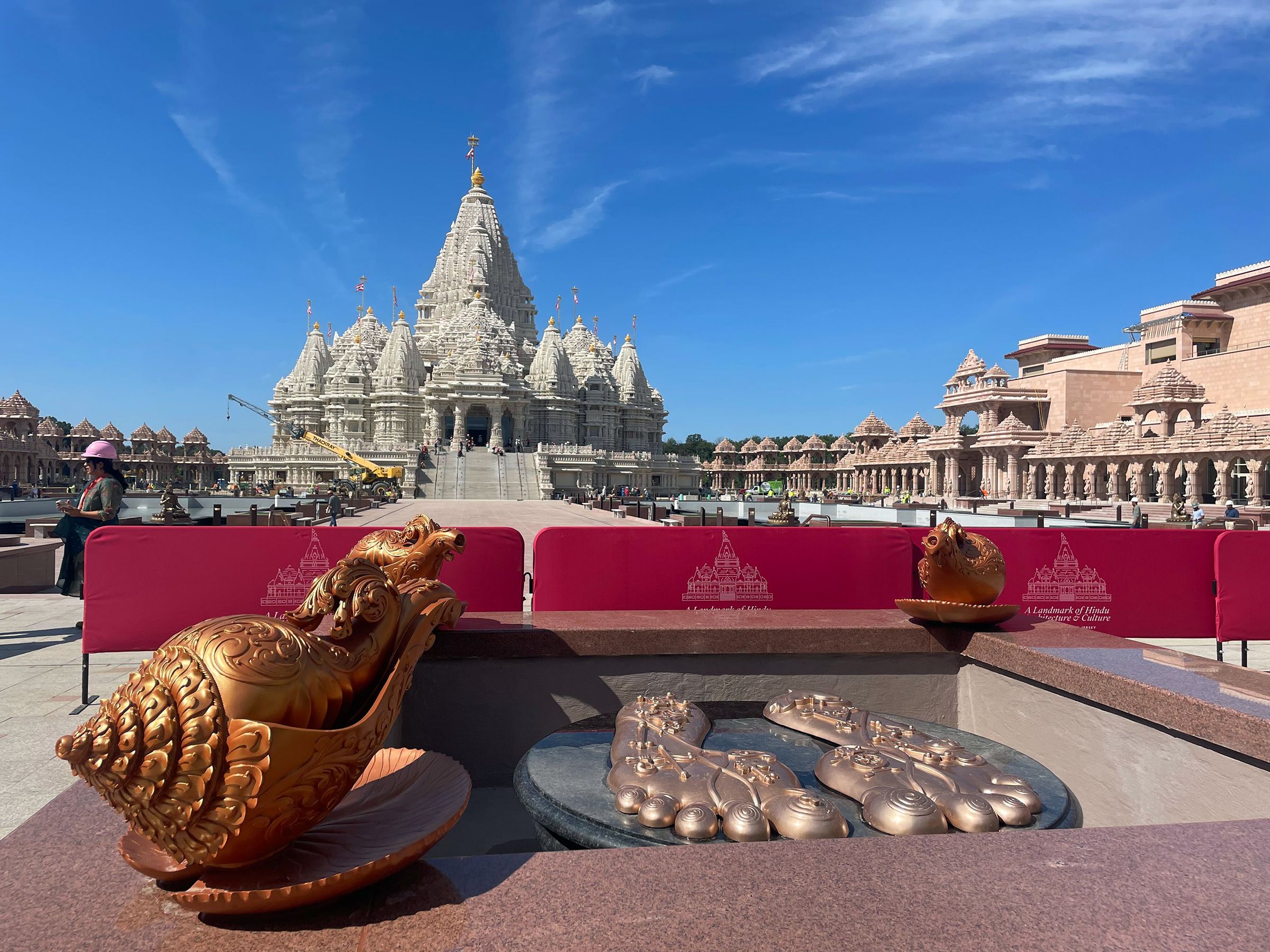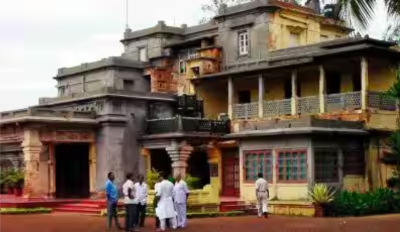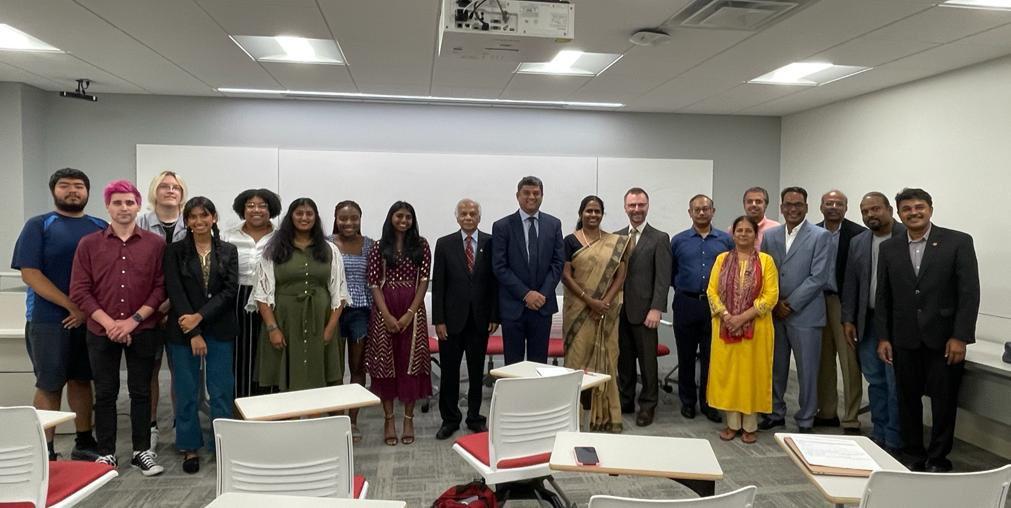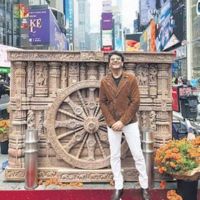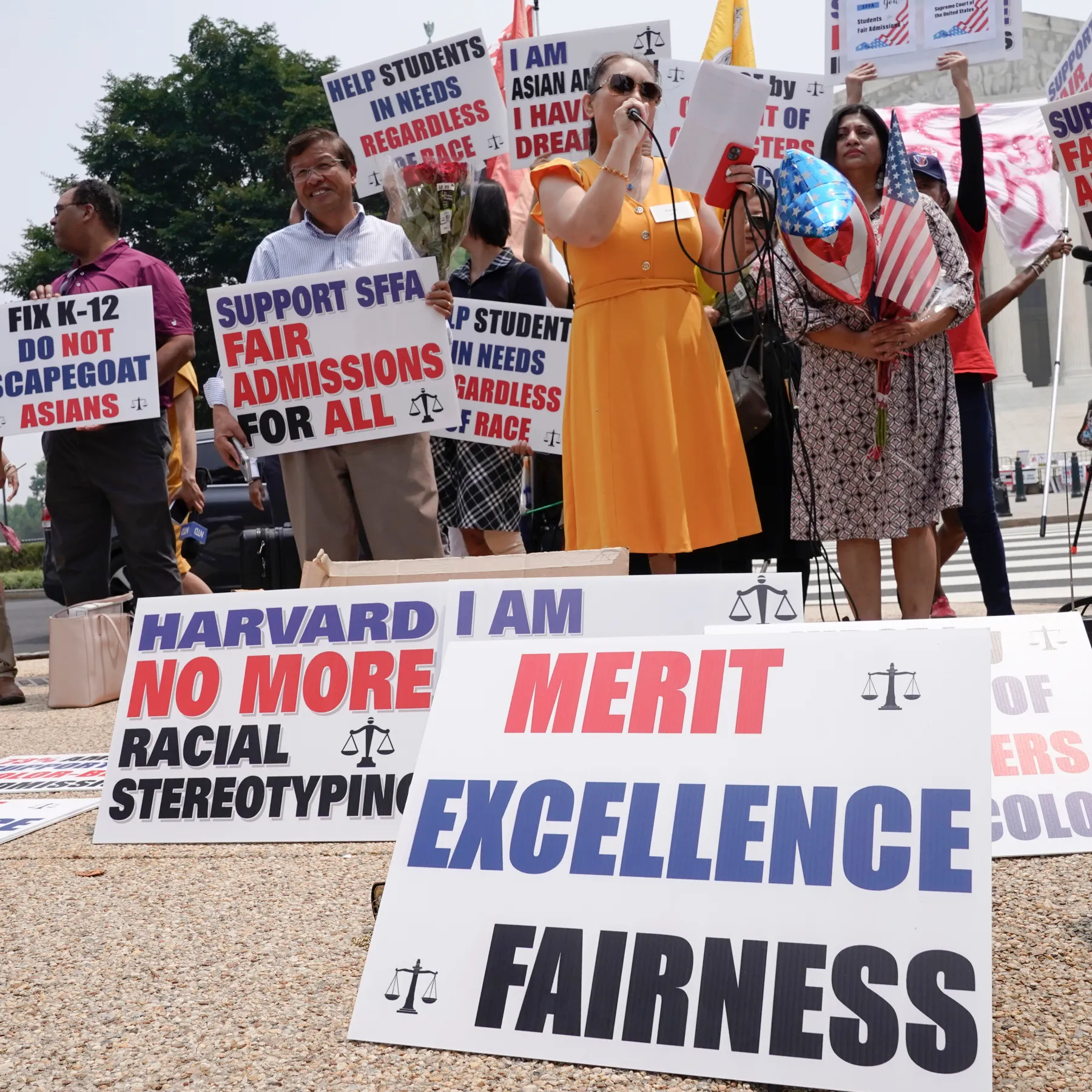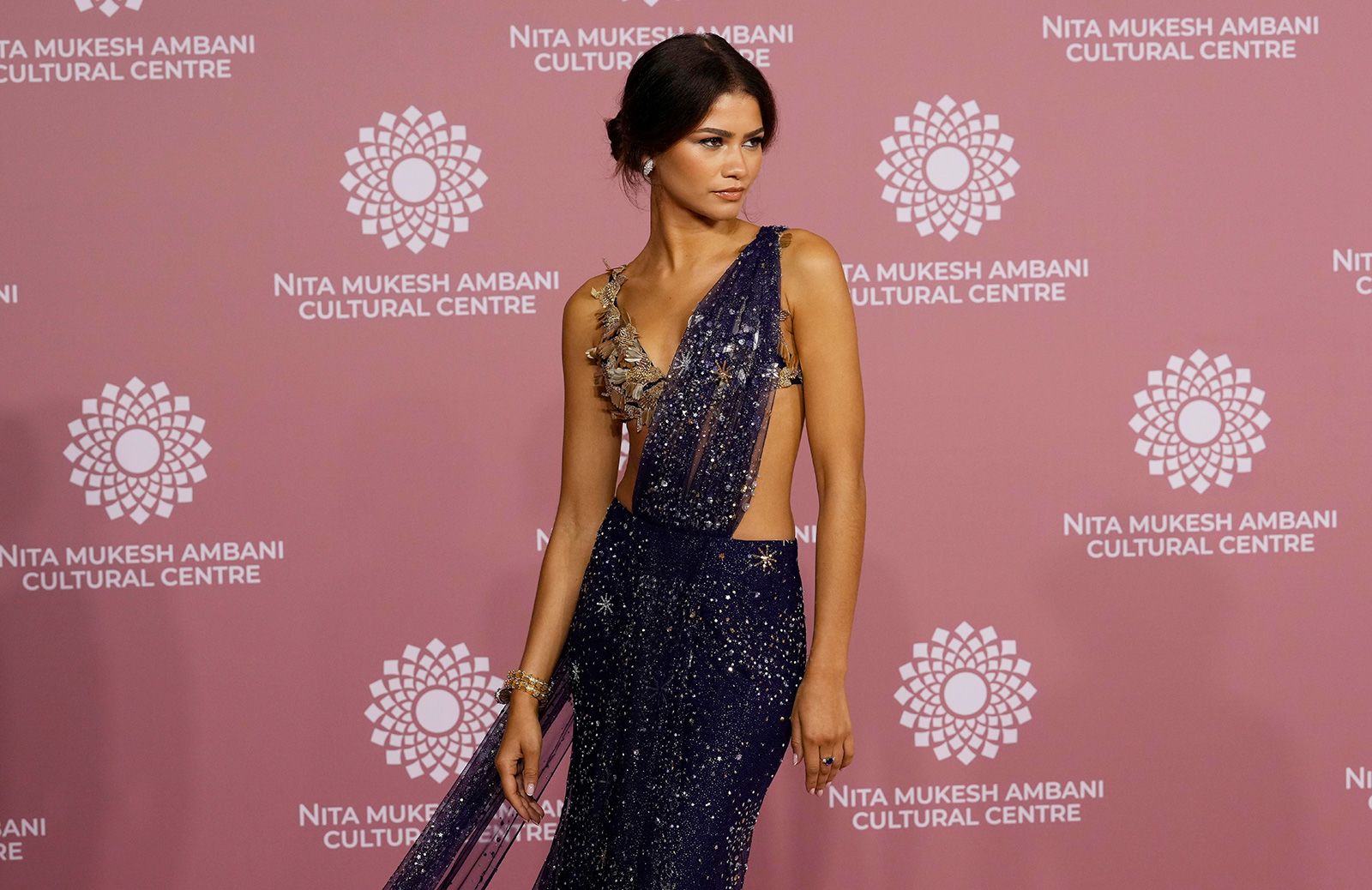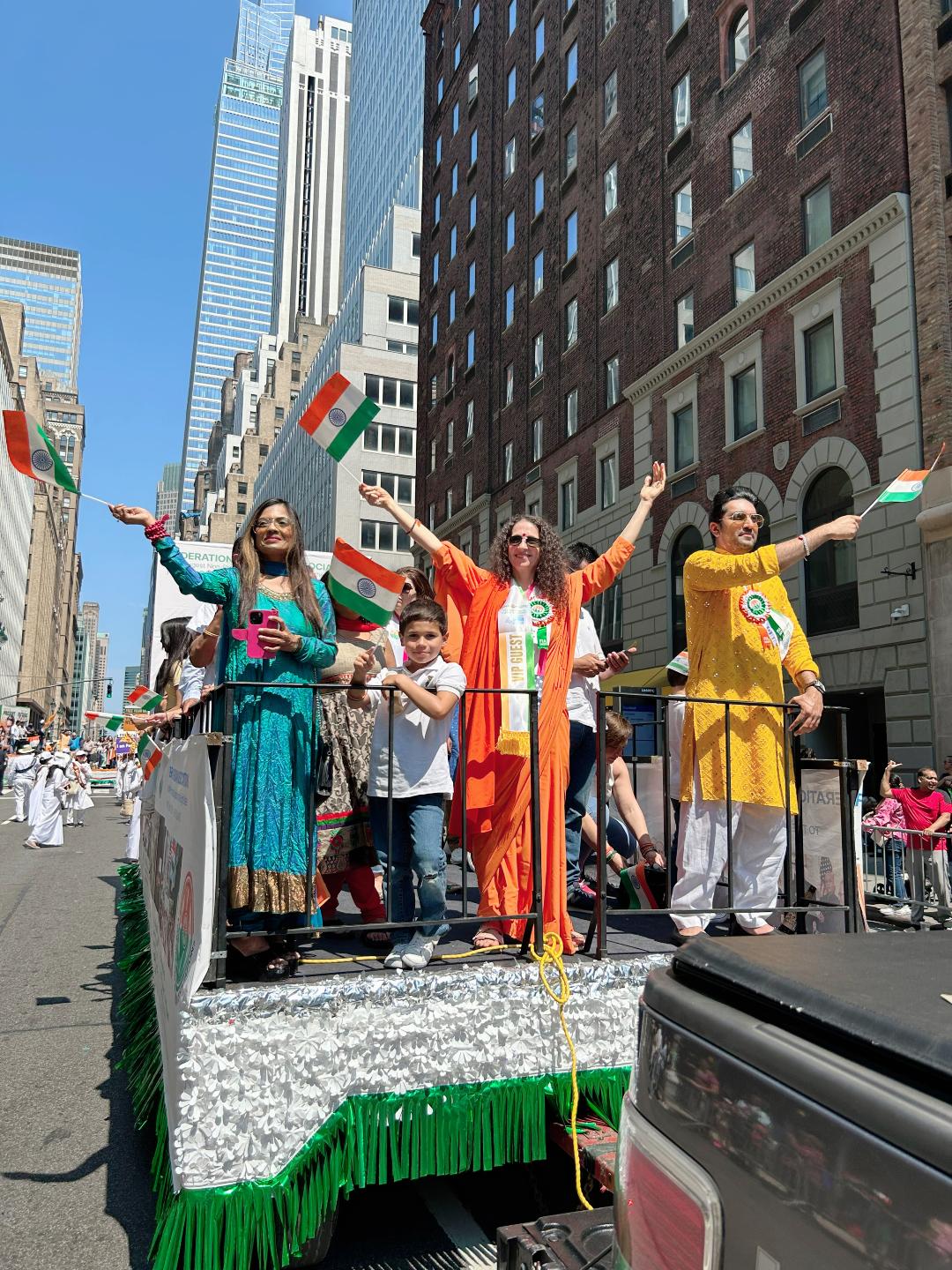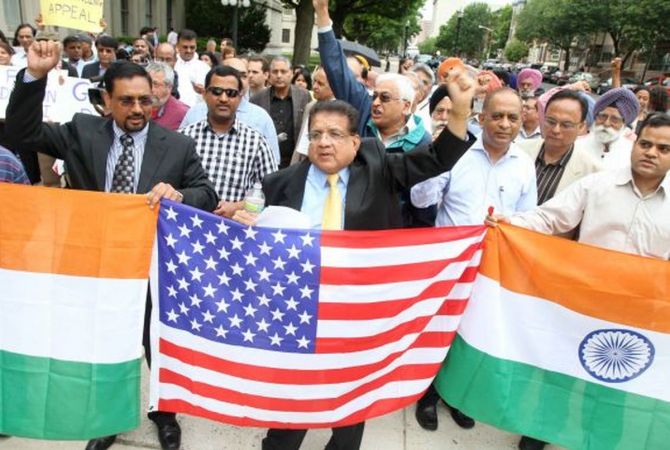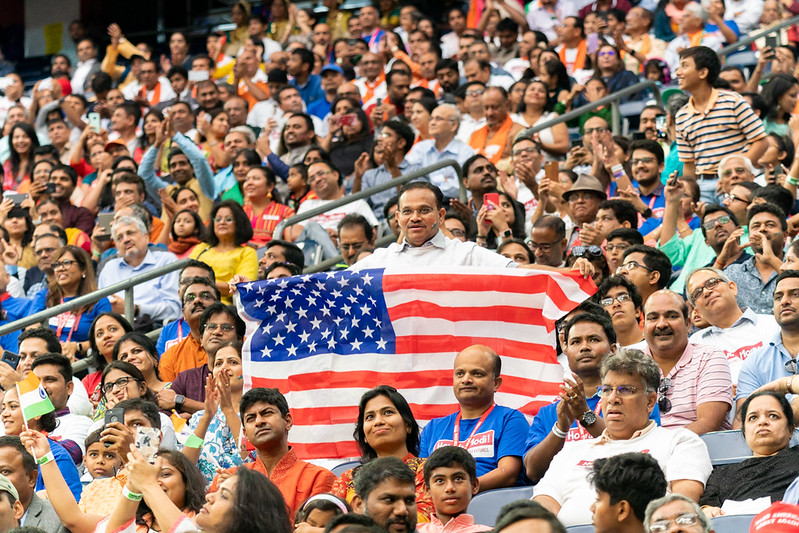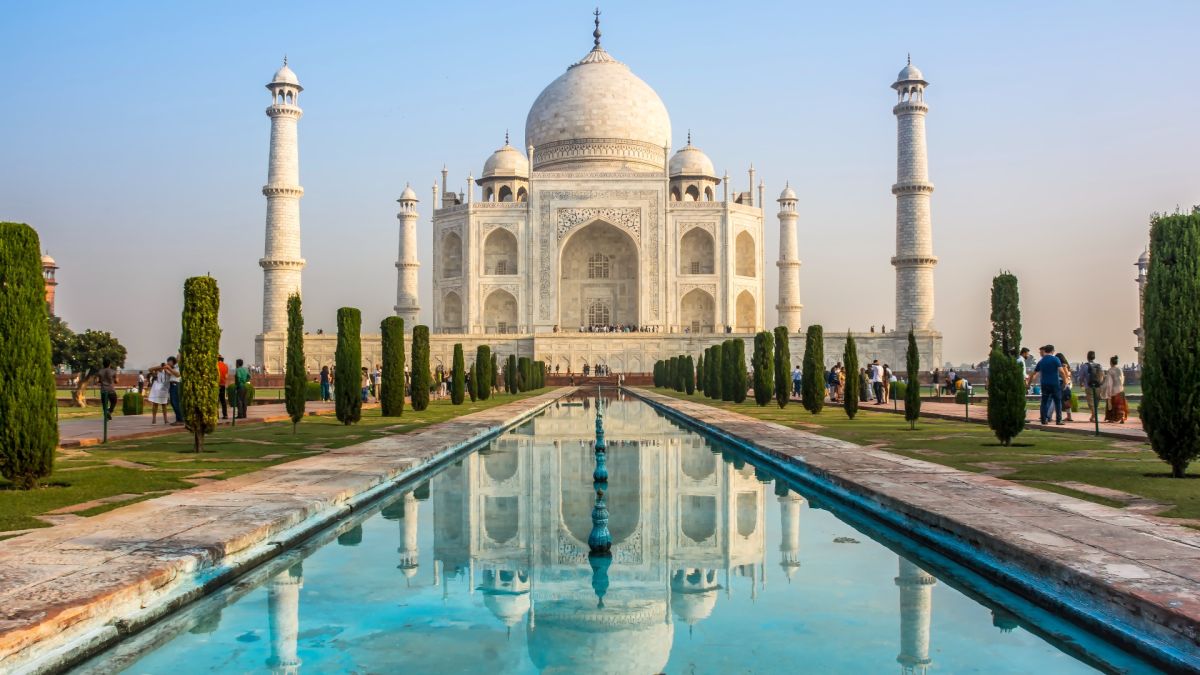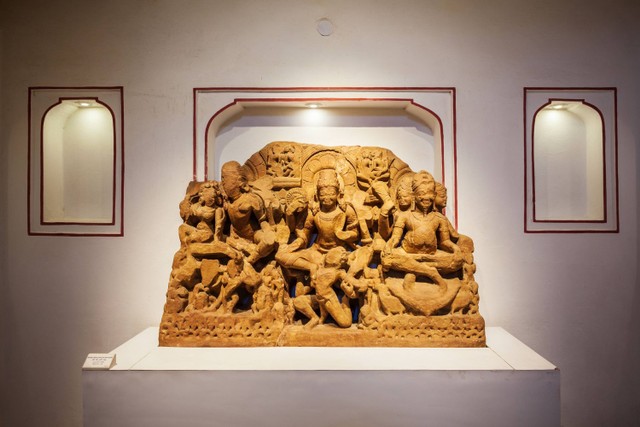To celebrate the International Day of Yoga, let’s honor ten remarkable Indian gurus whose teachings have profoundly influenced global wellness, making yoga universally accessible and embraced across cultures.
The global prominence of yoga owes much to a select group of Indian yoga masters. One of the pivotal figures is T. Krishnamacharya (1888 – 1989) from Mysore, often hailed as the Father of Modern Yoga for his emphasis on postural yoga. His notable disciples, B.K.S. Iyengar and K. Pattabhi Jois, streamlined yoga practice and spread it globally. As noted in the original article, “T. Krishnamacharya of Mysore in southern India is considered the Father of Modern Yoga for emphasizing postural yoga. His famous disciples B.K.S. Iyengar and K. Pattabhi Jois streamlined yoga practice and teaching and took it abroad.”
Swami Sivananda of Rishikesh also played a crucial role, with his disciples like Swami Vishnudevananda and Swami Satyananda establishing transnational yoga movements, influencing millions globally. “Swami Sivananda of Rishikesh was a spiritual teacher, but his disciples, Swami Vishnudevananda, Swami Satyananda, and Swami Satchidananda, who appeared at the Woodstock festival, went on to launch transnational yoga movements.”
In Maharashtra, Shri Yogendra and Swami Kuvalayananda revitalized physical yoga. Shri Yogendra founded The Yoga Institute in Mumbai in 1918, the world’s oldest yoga center, while Swami Kuvalayananda promoted yoga’s therapeutic aspects through Kaivalyadhama in Lonavala. “Two pioneers in the state of Maharashtra are responsible for physical yoga’s revival in India. Shri Yogendra set up The Yoga Institute, the oldest yoga center in the world, in Mumbai in 1918. Swami Kuvalayananda founded Kaivalyadhama in Lonavala and promoted research on the therapeutic aspects of yoga.”
The modern era saw gurus like Yogananda Paramahamsa, Maharishi Mahesh Yogi, and Osho bringing meditation to the West, while yoga gurus like B.K.S. Iyengar and others demystified yoga, presenting it as a practical tool for health and inner peace. “Even as Indian gurus such as Yogananda Paramahamsa, Maharishi Mahesh Yogi, and Osho took meditation to the West, yoga gurus demystified yoga, presenting it as an efficient tool for health and inner peace.”
Here, we highlight ten such influential yoga gurus who have not only preserved and propagated an ancient Indian tradition but have also enriched millions of lives globally, fostering harmony of mind, body, and spirit and promoting intercultural understanding.
- B.K.S Iyengar
B.K.S. Iyengar revolutionized yoga with his precise and therapeutic approach, transforming his own frailty into strength through rigorous practice. His method, known as Iyengar Yoga, emphasizes alignment, precision, and the use of props to make yoga accessible to everyone. “B.K.S Iyengar influenced the global yoga landscape with his precise and therapeutic approach. Born in 1918 in Karnataka, he transformed his frail childhood through rigorous practice, developing what is now known eponymously as Iyengar Yoga.”
- Swami Vishnudevananda
Instructed by Swami Sivananda, Swami Vishnudevananda took Yoga and Vedanta to the West, establishing Sivananda Yoga Vedanta Centers across the globe. His teachings emphasize the purity and tradition of yoga, incorporating Karma Yoga for spiritual growth. “Swami Vishnudevananda was instructed by his master, Swami Sivananda, in 1957 to share the teachings of Yoga and Vedanta in the West, with the message ‘People are waiting’. Over 37 years, he came to be known as the Flying Swami as he spread this message, establishing centers and ashrams worldwide.”
- K. Pattabhi Jois
Known for Ashtanga Vinyasa Yoga, K. Pattabhi Jois popularized a dynamic form of yoga that synchronizes breath with movement to create a flowing sequence of postures. His legacy continues through the Ashtanga Yoga Research Institute in Mysore. “K. Pattabhi Jois is best known for developing and popularizing Ashtanga Vinyasa Yoga, a dynamic and physically demanding style.”
- Swami Satyananda
Founder of the Bihar School of Yoga, Swami Satyananda integrated traditional yogic practices with modern science, promoting a holistic approach to well-being through asanas, pranayama, meditation, and yoga nidra. “The Bihar School of Yoga (BSY), founded in 1964 by Swami Satyananda Saraswati, is a renowned institution dedicated to the holistic teaching and practice of yoga.”
- Swami Rama
Swami Rama introduced Himalayan yoga traditions to the West, emphasizing a holistic approach to yoga and meditation. His scientific research added credibility to yoga’s benefits, establishing the Association of Himalayan Yoga Meditation Societies International (AHYMSIN). “Swami Rama brought Himalayan yoga traditions to the West.”
- Bikram Chaudhary
Bikram Chaudhary popularized Bikram Yoga, a heated style of yoga practiced in a room with high temperature and humidity, aimed at enhancing flexibility and detoxification. Despite controversies, Bikram Yoga gained widespread popularity globally. “Bikram Chaudhury, the founder of Bikram Yoga, is a prominent yet controversial figure in the yoga world.”
- Baba Ramdev
Baba Ramdev revolutionized yoga in India, making it accessible to the masses through mass media and large-scale yoga camps. His approach focuses on the practical benefits of yoga for physical and mental well-being, emphasizing pranayama techniques like Kapalbhati and Bhastrika. “Baba Ramdev, a name synonymous with yoga in recent times in India, has been a major force in bringing the practice to the masses.”
- Swami Satchidananda
Swami Satchidananda bridged classical yoga with spiritual growth through Integral Yoga, welcoming practitioners of all backgrounds. His Integral Yoga Institutes worldwide promote yoga philosophy, meditation, and community service. “Swami Satchidananda was pivotal in bringing classical yoga traditions to the West.”
- T.K.V. Desikachar
T.K.V. Desikachar personalized yoga through Viniyoga, tailoring practices to individual needs for physical and spiritual well-being. His Krishnamacharya Yoga Mandiram in Chennai continues to innovate yoga’s therapeutic applications. “T.K.V. Desikachar, son of T. Krishnamacharya, wasn’t just another yoga guru; he was a revolutionary who personalized the practice.”
- Yogi Bhajan
Yogi Bhajan introduced Kundalini Yoga to the West, emphasizing spiritual awakening through kriyas, meditation, and community. His legacy lives on through the Healthy, Happy, Holy Organization (3HO), promoting Kundalini Yoga worldwide. “Yogi Bhajan, a charismatic figure of Sikh heritage, introduced Kundalini Yoga to the West.”
These gurus have not only preserved an ancient tradition but have also adapted it to contemporary needs, fostering a global community of yoga practitioners united in their pursuit of physical health, mental clarity, and spiritual growth. Their contributions have transformed yoga into a multibillion-dollar industry while promoting harmony and understanding across diverse cultures.

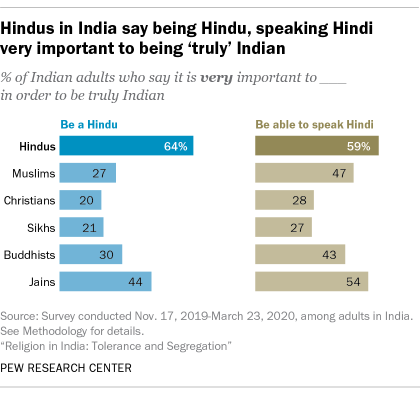
 Hindu nationalism in India also has a linguistic dimension. Hindus are more likely than other Indians to associate national identity with the Hindi language. While India has dozens of major languages, a majority of Hindus (59%) feel that being able to speak Hindi is very important to being truly Indian. Hindus who link their religion with national identity tend also to link the Hindi language with being authentically Indian.
Hindu nationalism in India also has a linguistic dimension. Hindus are more likely than other Indians to associate national identity with the Hindi language. While India has dozens of major languages, a majority of Hindus (59%) feel that being able to speak Hindi is very important to being truly Indian. Hindus who link their religion with national identity tend also to link the Hindi language with being authentically Indian.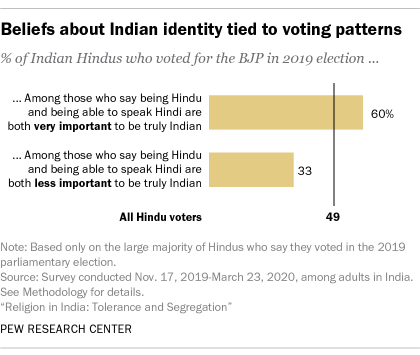
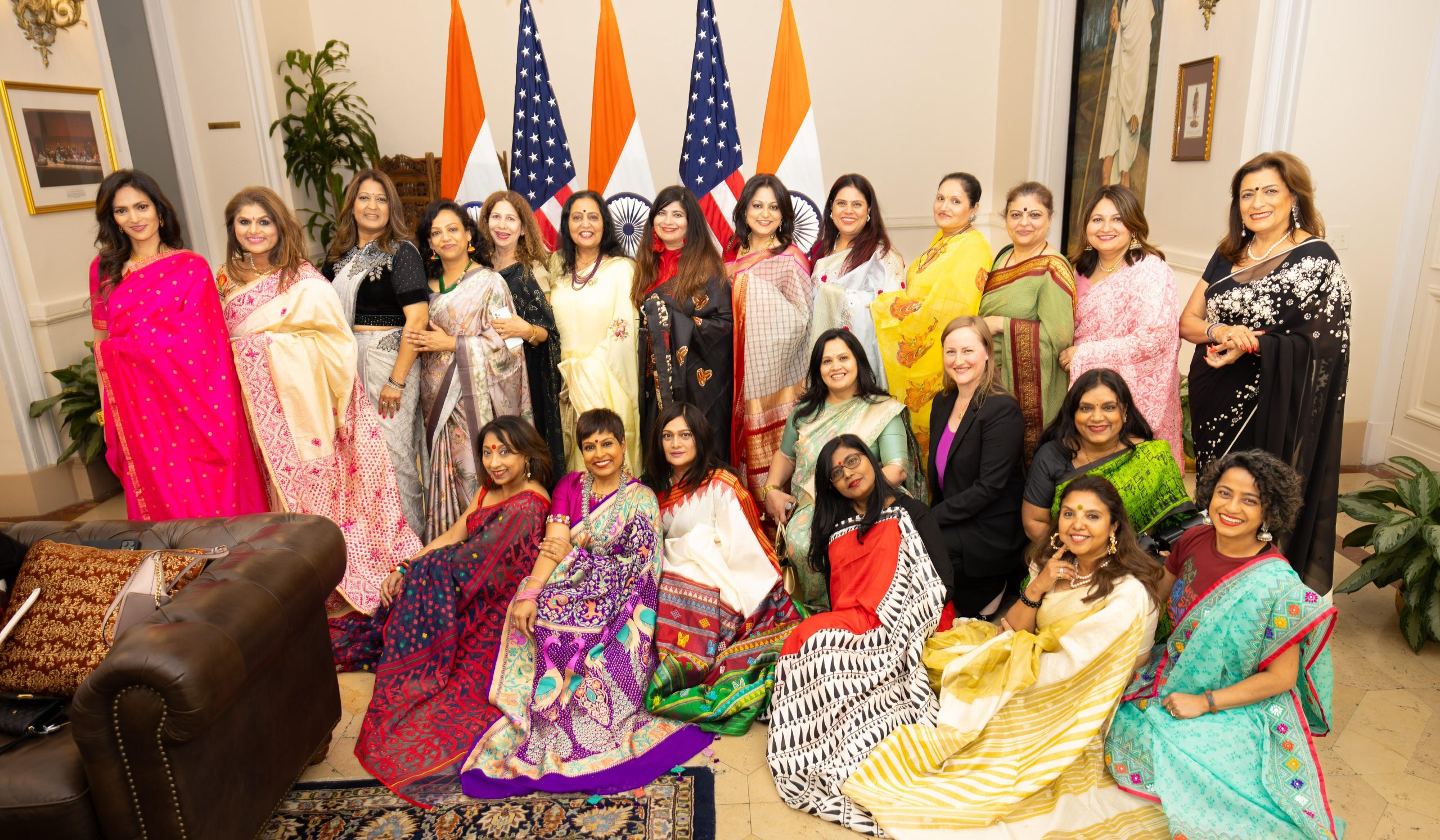
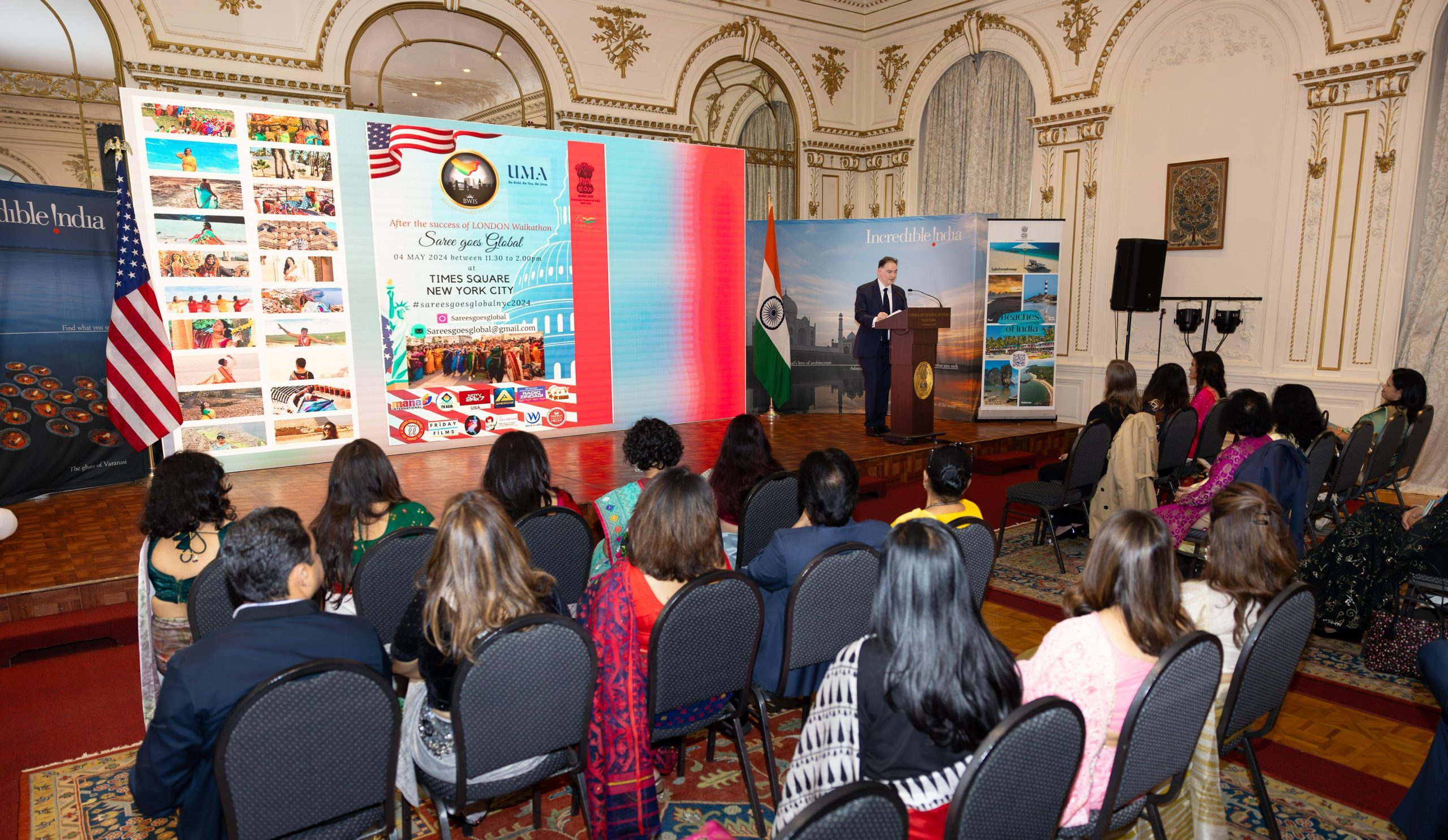


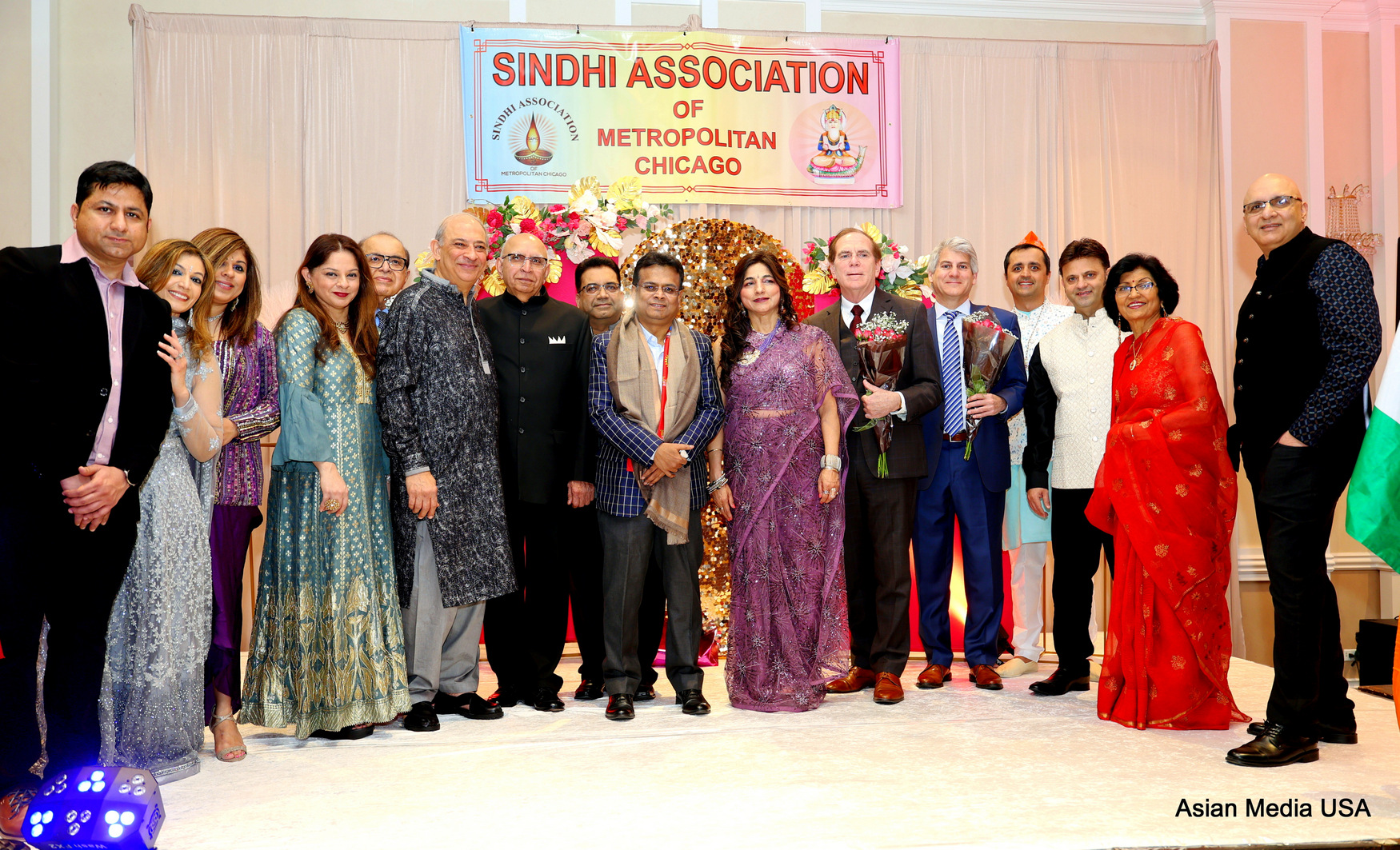
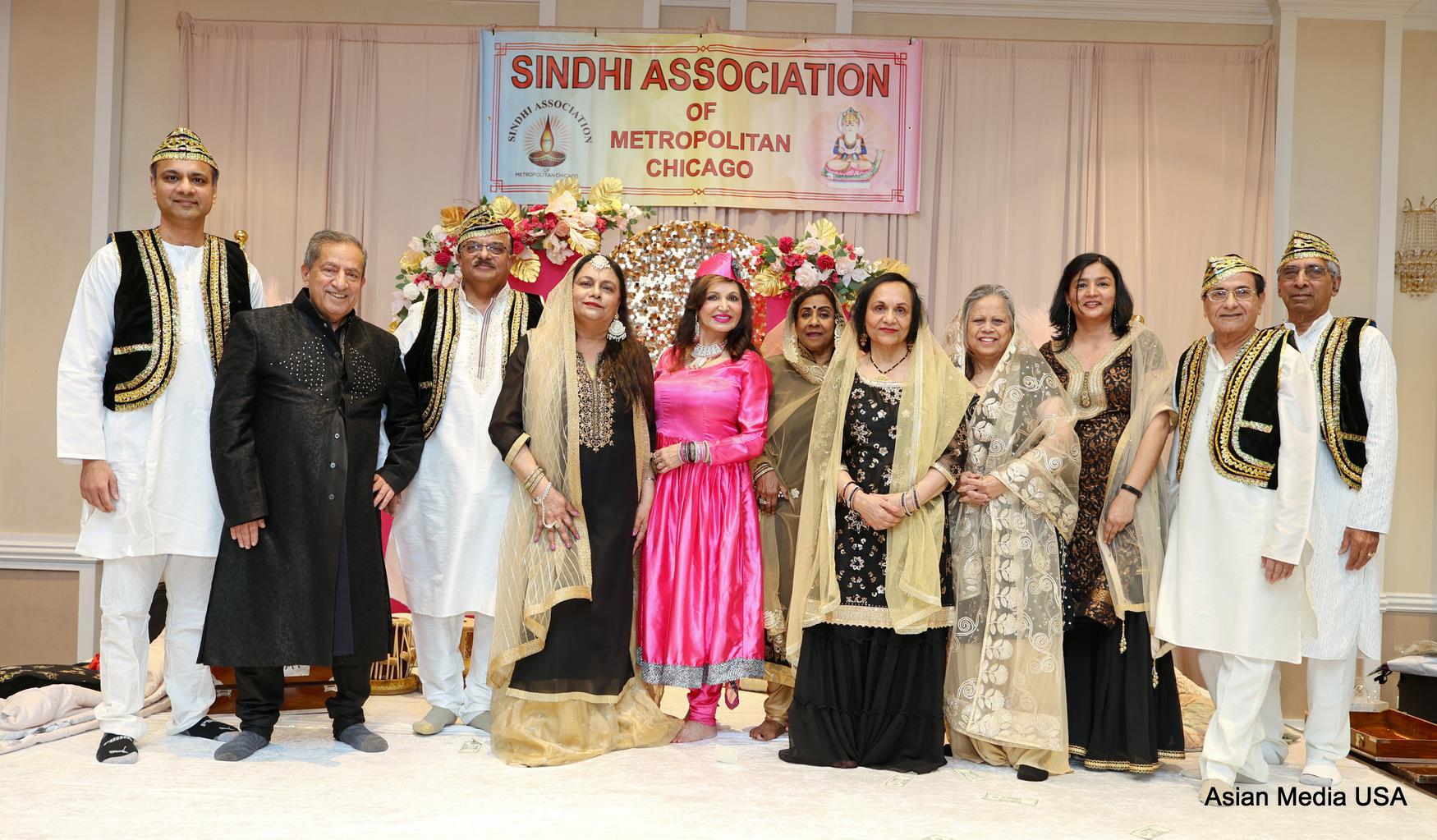
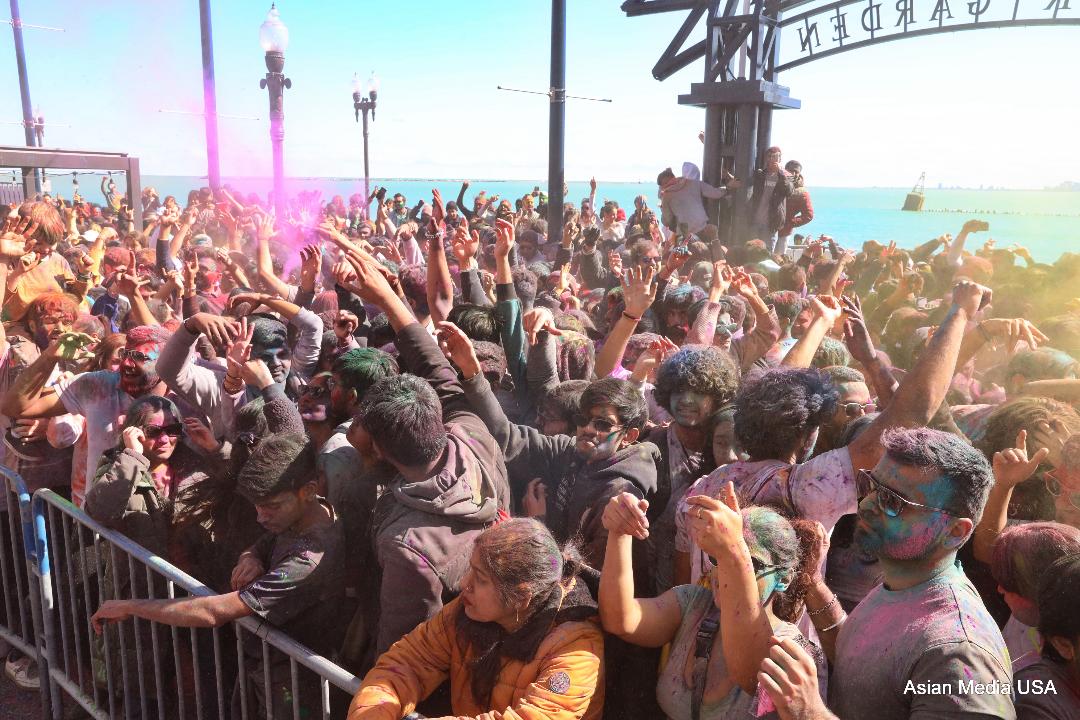
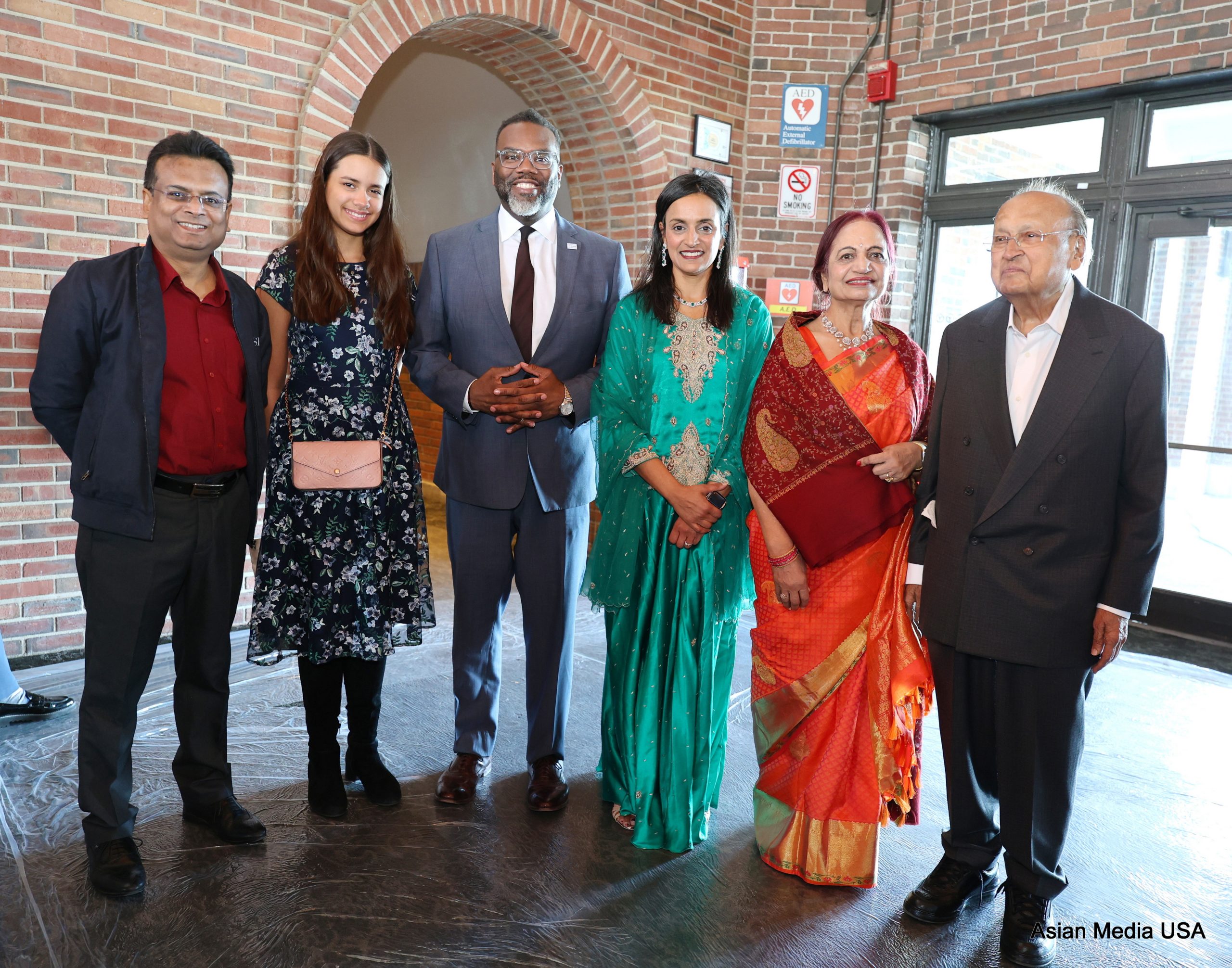
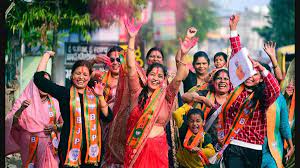
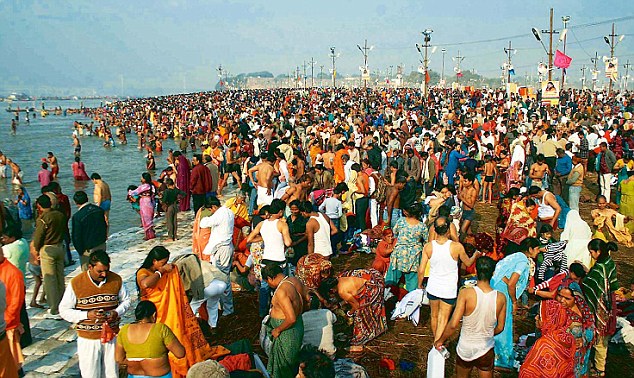
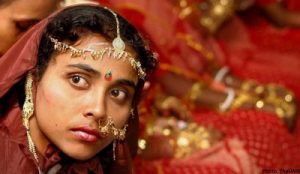
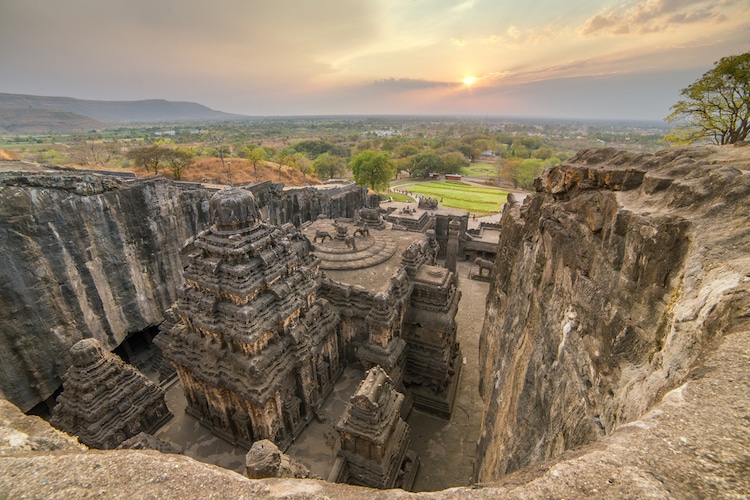 Maharana Kumbha of the Mewar dynasty built the Vijaya Stamba in 1448 AD. The construction of the structure was done to honour his victory over Mahmud Khilji’s unified forces from Malwa and Gujarat. The tower honours the military and architectural splendour of the Mewar era; it stands for the pride, valour, and glory of the Rajput warriors in their victories.
Maharana Kumbha of the Mewar dynasty built the Vijaya Stamba in 1448 AD. The construction of the structure was done to honour his victory over Mahmud Khilji’s unified forces from Malwa and Gujarat. The tower honours the military and architectural splendour of the Mewar era; it stands for the pride, valour, and glory of the Rajput warriors in their victories.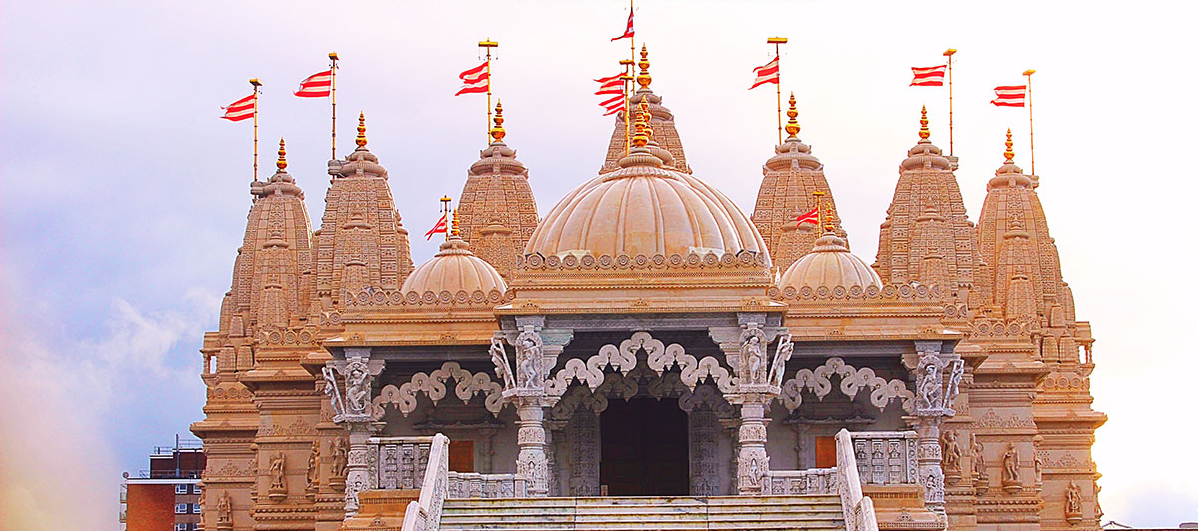
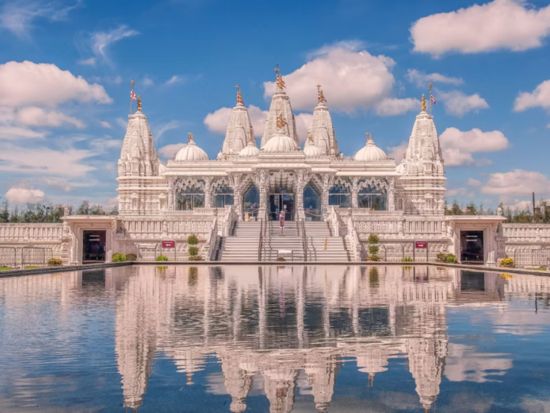 built in 1977 and is now considered among the most famous Hindu temples in the country (it is amazing how many Hindu temples have been built in the last 50 years).
built in 1977 and is now considered among the most famous Hindu temples in the country (it is amazing how many Hindu temples have been built in the last 50 years).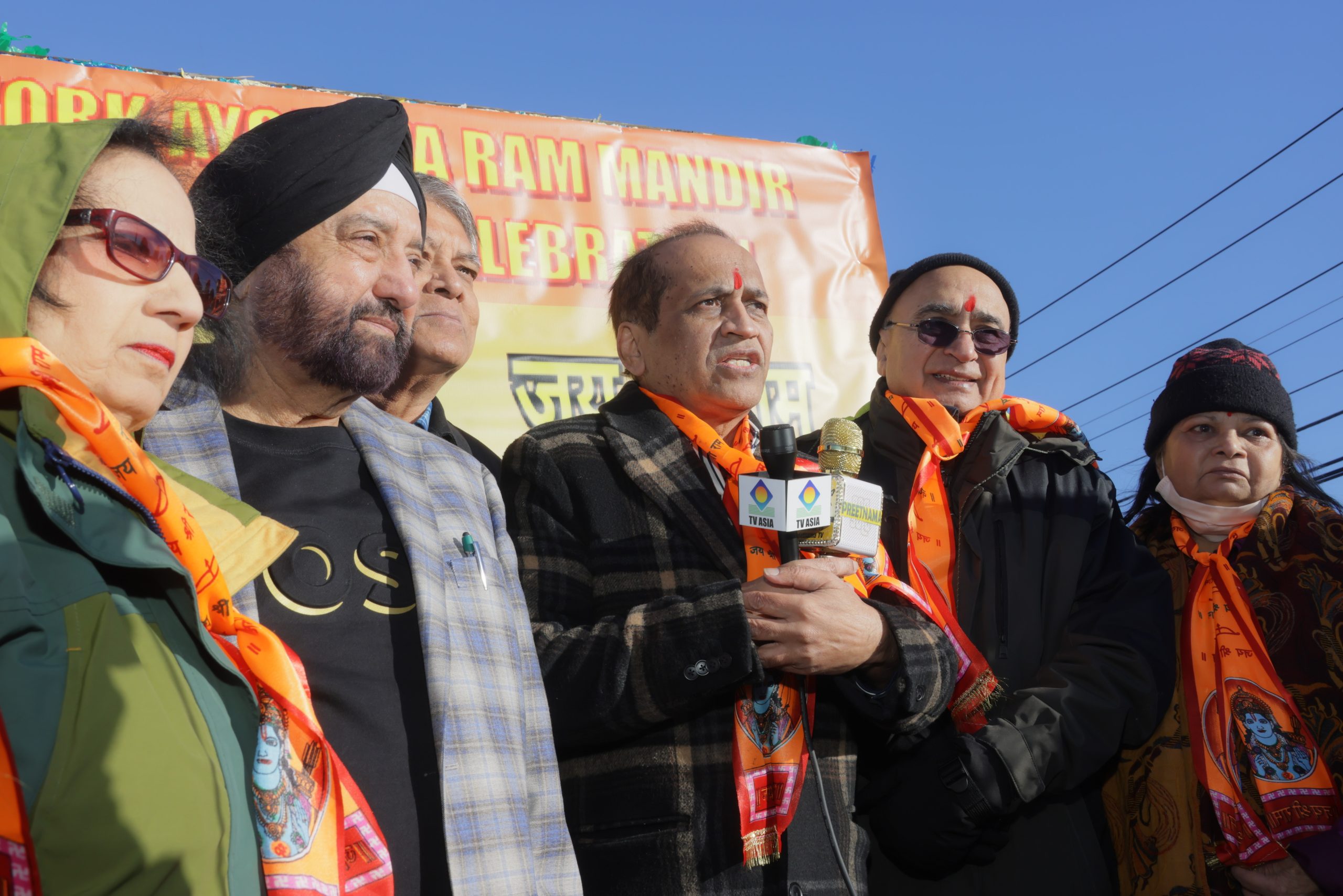 Braving the sub-zero temperatures, hundreds of enthusiastic Non-Resident Indians filled the streets of New York with a Car Rally on January 21st, 2024. Devotion to Lord Ram filled up the air in New York as over 150 cars drove through the busy streets starting in Hicksville, NY, while thousands of devotees gathered to celebrate and show their devotion and solidarity to Ram Mandir’s consecration in Ayodhya.
Braving the sub-zero temperatures, hundreds of enthusiastic Non-Resident Indians filled the streets of New York with a Car Rally on January 21st, 2024. Devotion to Lord Ram filled up the air in New York as over 150 cars drove through the busy streets starting in Hicksville, NY, while thousands of devotees gathered to celebrate and show their devotion and solidarity to Ram Mandir’s consecration in Ayodhya. Sita, Laxman, and Hanuman, brought the experience and excitement to the rally. Each car was adorned with saffron-colored flags. The huge lineup of cars finally reached the beautiful AsaMai temple in Hicksville. LED Truck displayed Ramayana and float carried the banners celebrating Ram Mandir. The entire event was telecast live on AASTHA TV AND radio Zindagi.
Sita, Laxman, and Hanuman, brought the experience and excitement to the rally. Each car was adorned with saffron-colored flags. The huge lineup of cars finally reached the beautiful AsaMai temple in Hicksville. LED Truck displayed Ramayana and float carried the banners celebrating Ram Mandir. The entire event was telecast live on AASTHA TV AND radio Zindagi.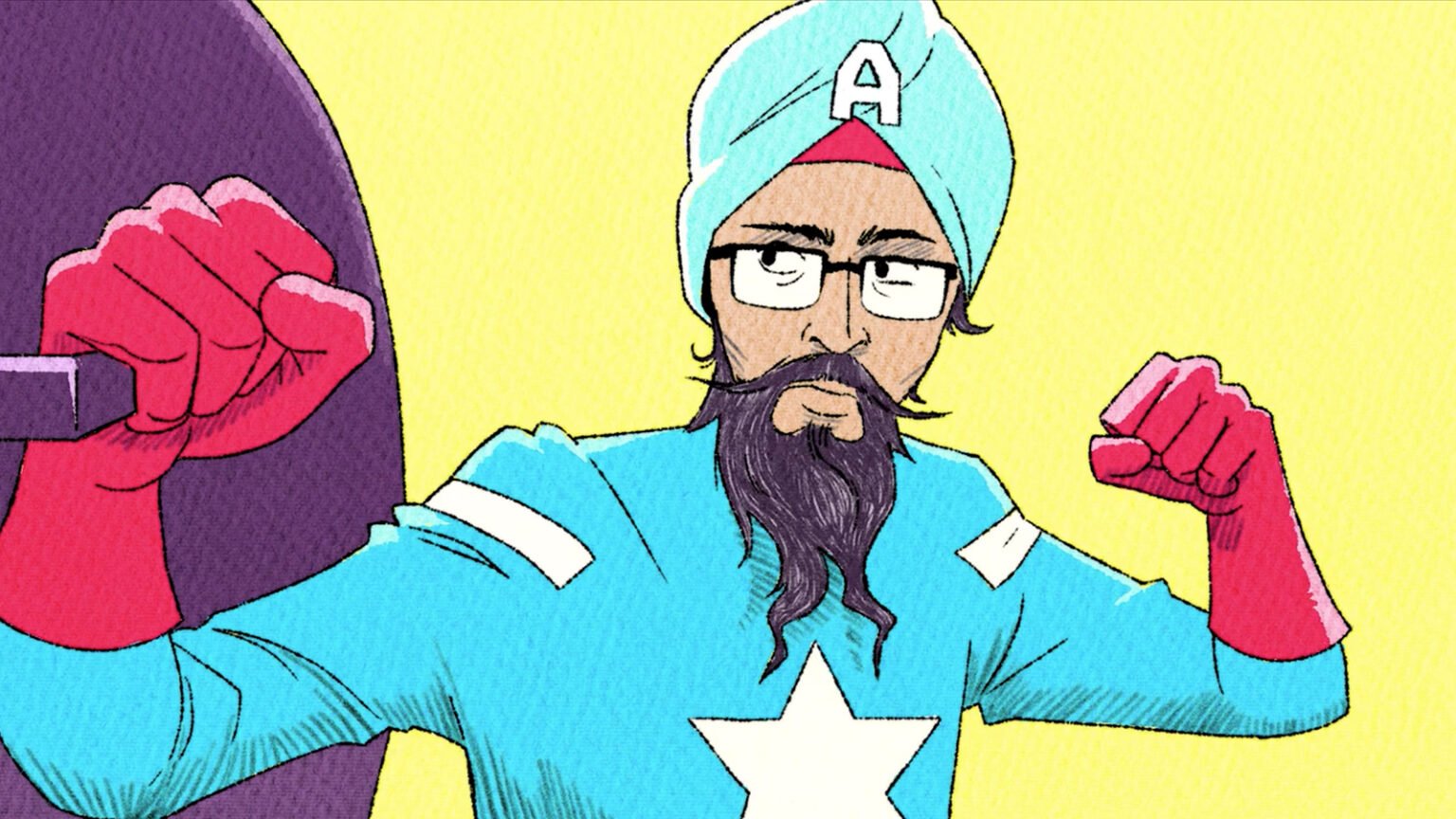
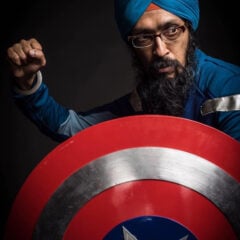
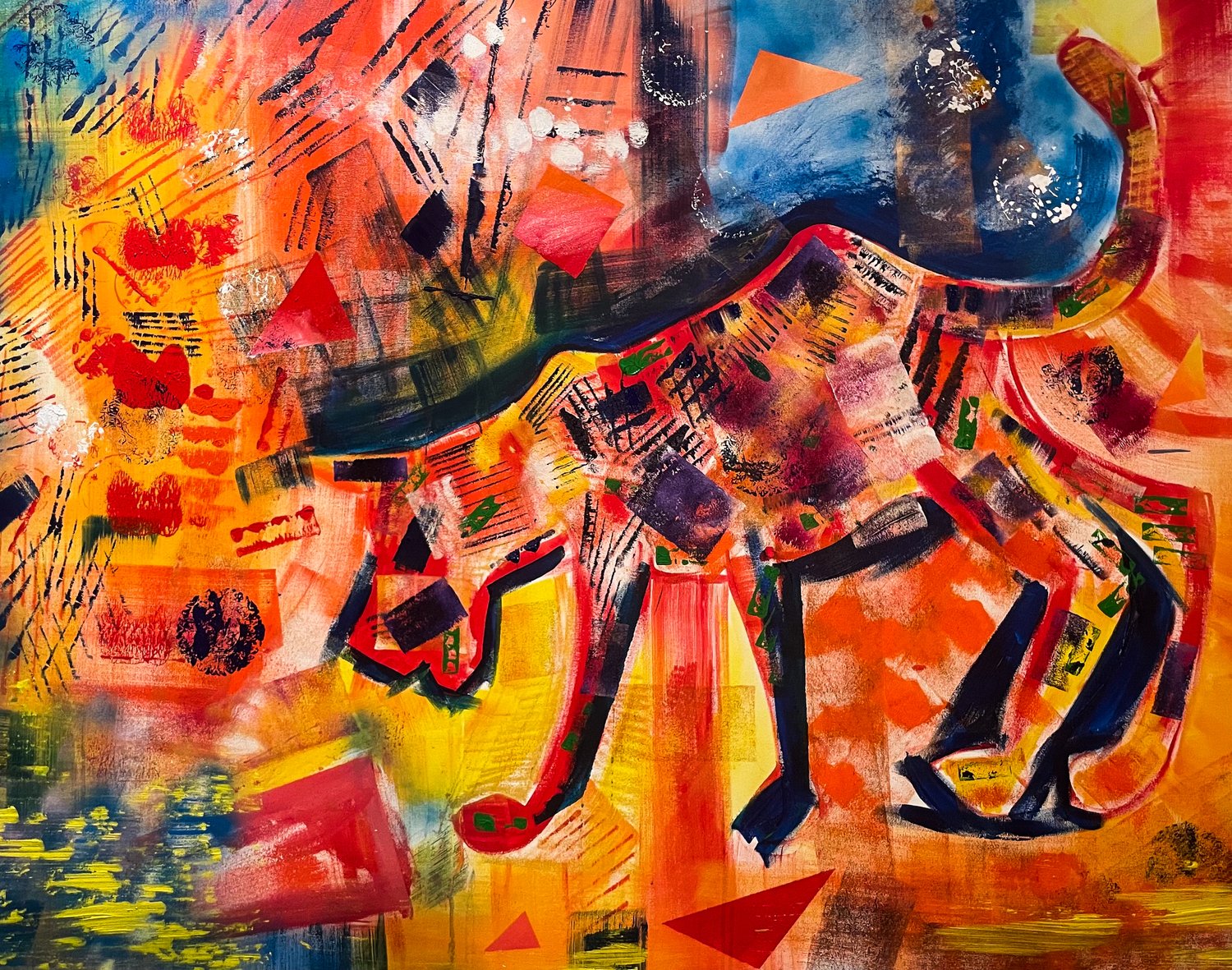
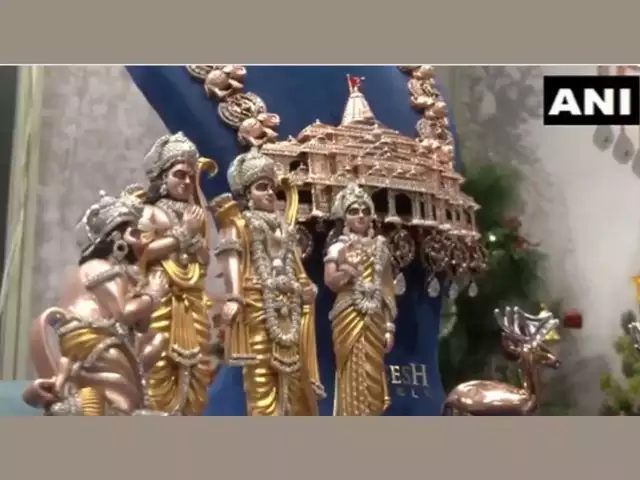
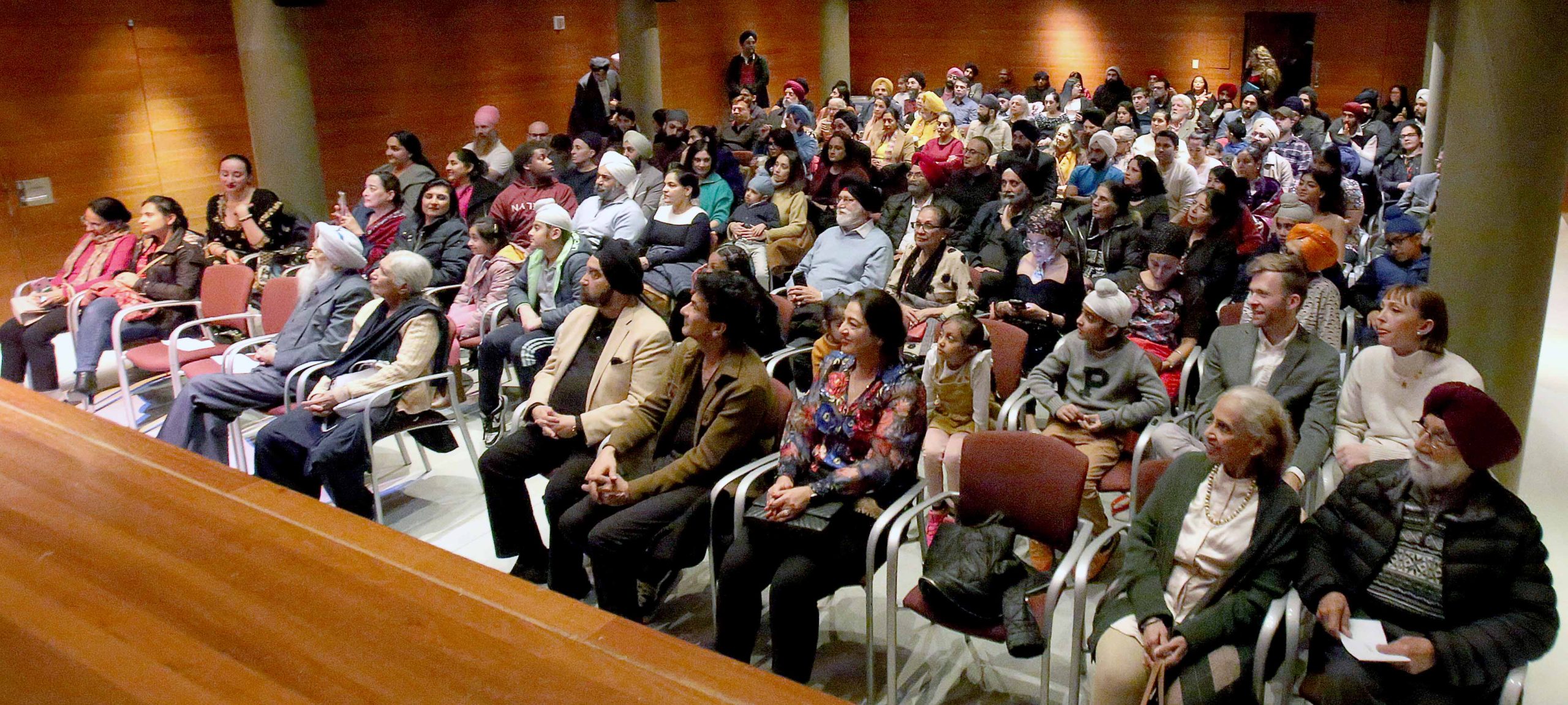
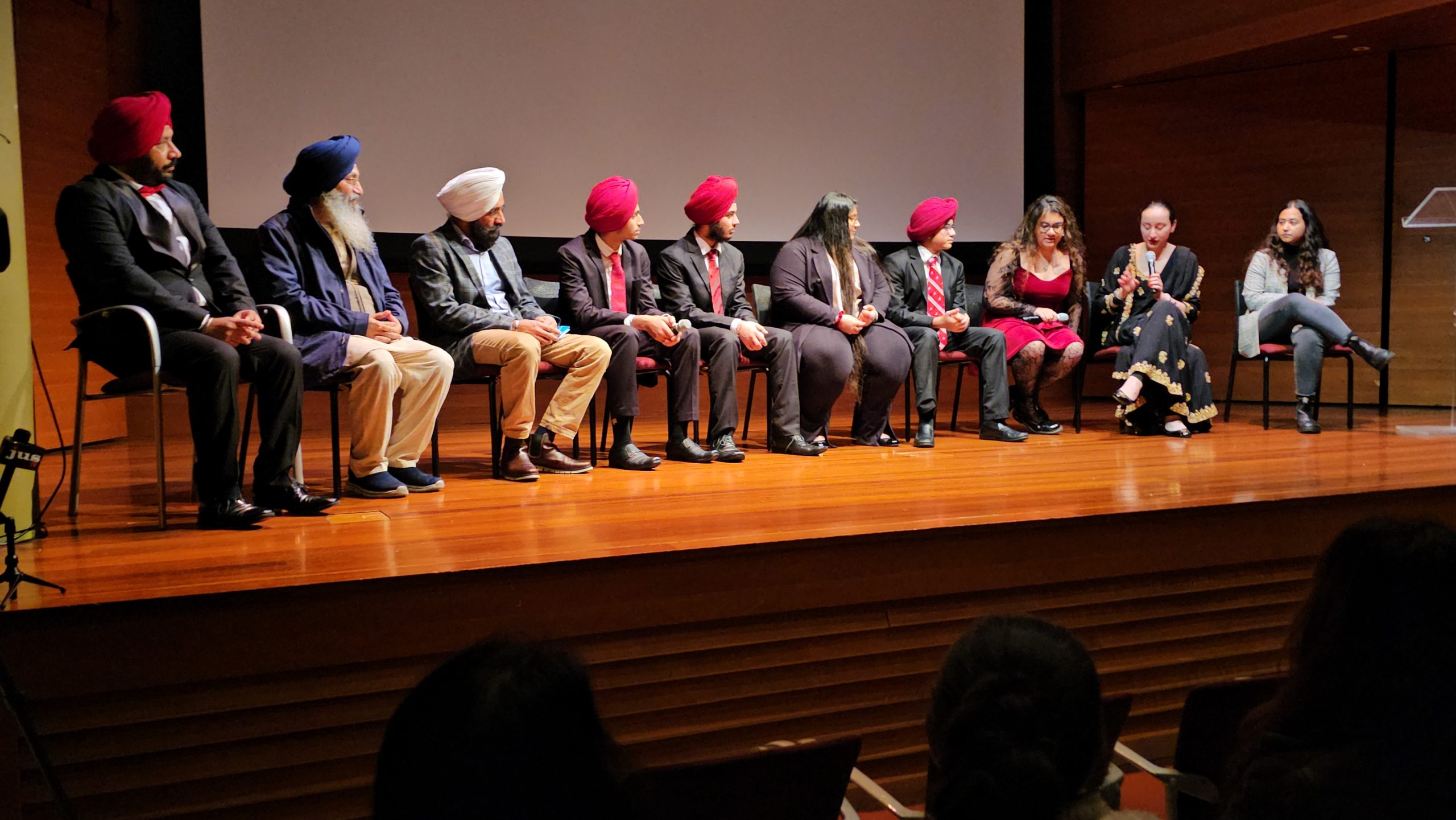 contemporary Sikh Diaspora issues, delved into the challenges faced by the community. “Amardeep Singh’s documentary, “Oneness in Diversity: Elixir of Guru Nanak and the Indic Saints,” intertwined memories of Saints and Sufi mystics, emphasizing the essential theme of oneness and diversity. The festival, with its captivating stories and impactful quotes from filmmakers, not only celebrated Sikh culture but also provided a dynamic platform for filmmakers to showcase their artistry.
contemporary Sikh Diaspora issues, delved into the challenges faced by the community. “Amardeep Singh’s documentary, “Oneness in Diversity: Elixir of Guru Nanak and the Indic Saints,” intertwined memories of Saints and Sufi mystics, emphasizing the essential theme of oneness and diversity. The festival, with its captivating stories and impactful quotes from filmmakers, not only celebrated Sikh culture but also provided a dynamic platform for filmmakers to showcase their artistry.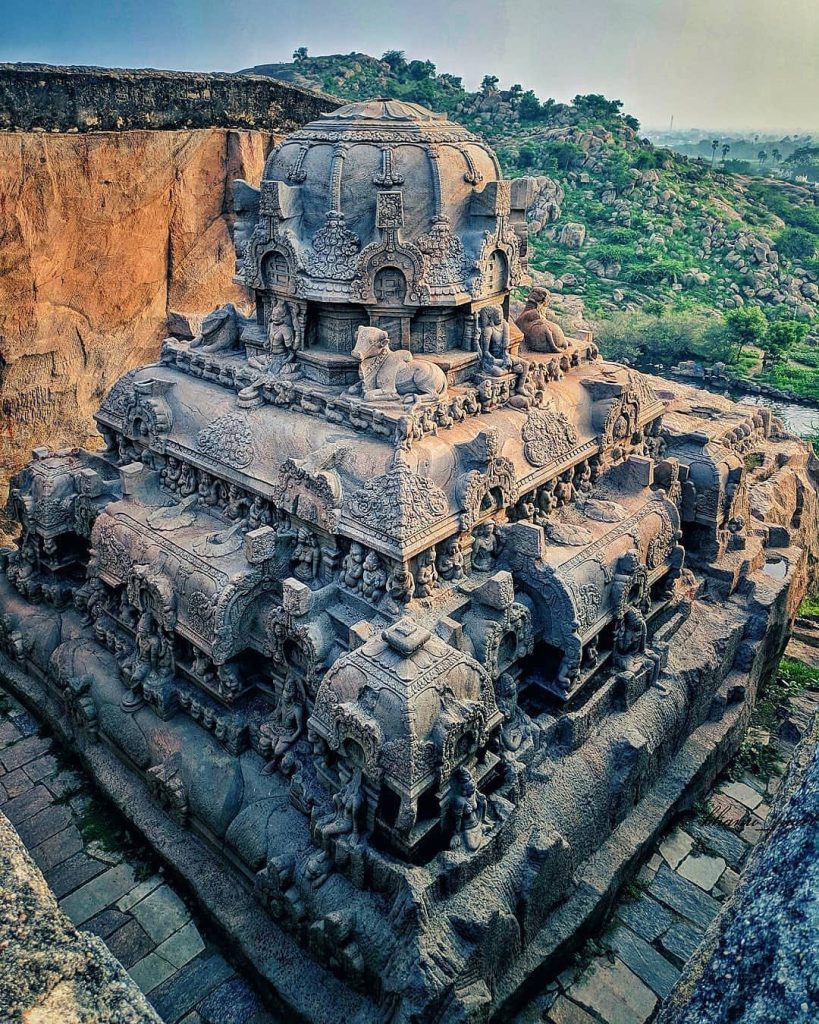 Geography
Geography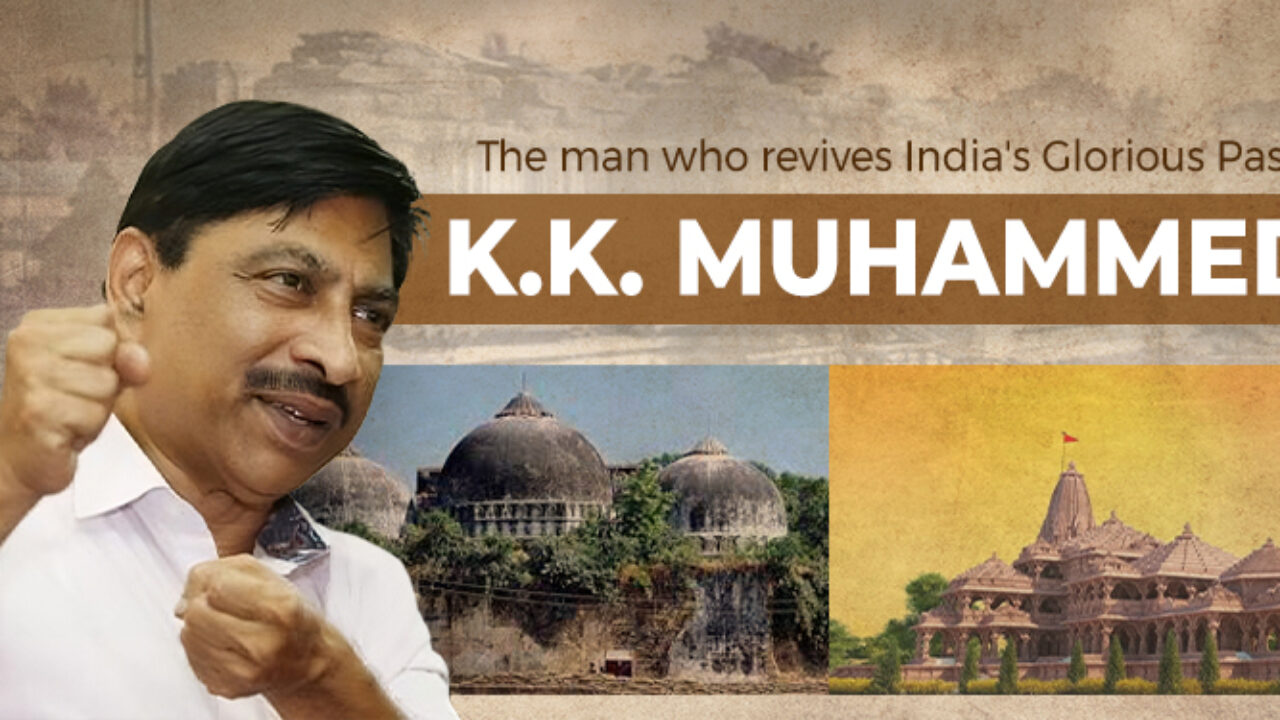 The community memebrs in the audience was pleasantly surprised by the amount of knowledge Muhammed displayed about Hindu traditions, including his flawless recitation of many Sanskrit shlokas from the scriptures.
The community memebrs in the audience was pleasantly surprised by the amount of knowledge Muhammed displayed about Hindu traditions, including his flawless recitation of many Sanskrit shlokas from the scriptures.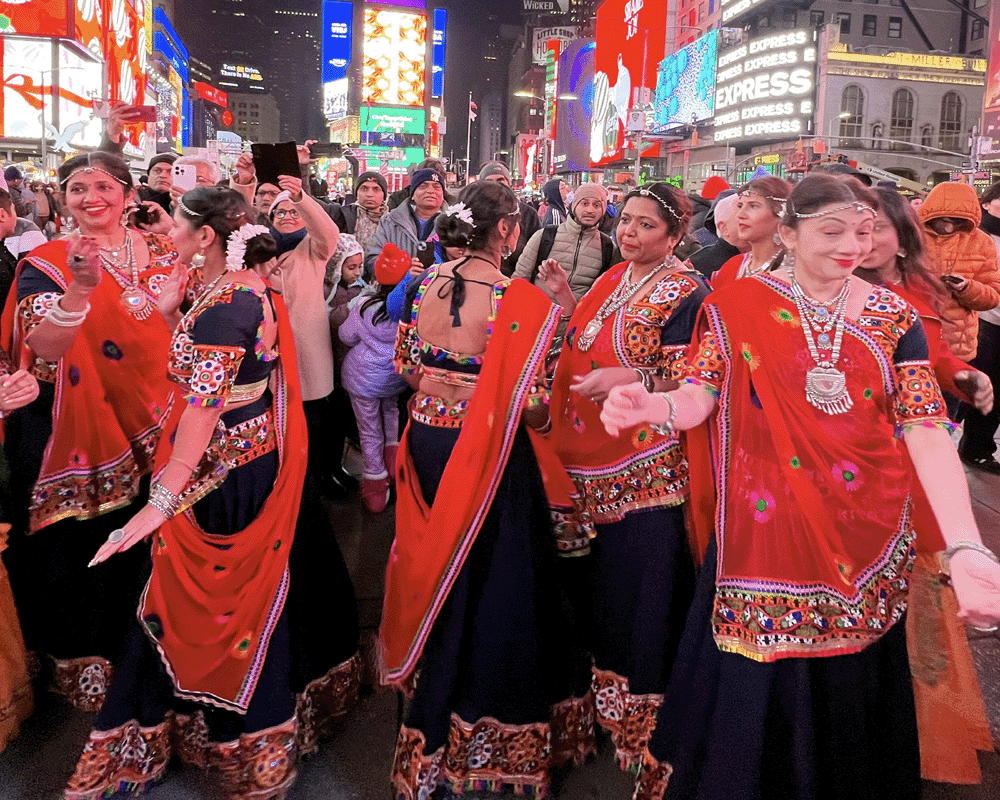 Traditionally performed during Navratri, the nine-day festival that is celebrated to honor the devine feminine energy, Garba is among the oldest folk dances of India. The UNESCO officials appreciated the dance for its “inclusive” nature and hailed it as a symbol of bringing communities together.
Traditionally performed during Navratri, the nine-day festival that is celebrated to honor the devine feminine energy, Garba is among the oldest folk dances of India. The UNESCO officials appreciated the dance for its “inclusive” nature and hailed it as a symbol of bringing communities together.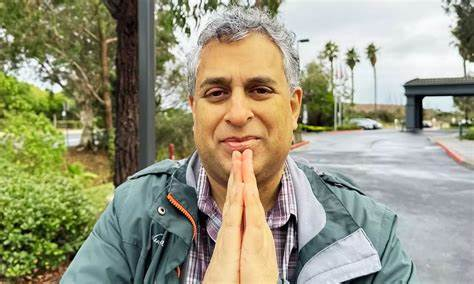 Meghani emphasized the importance of Hindu Americans being proud of their heritage while actively engaging with others to foster better understanding. The Hindu American Foundation, initially volunteer-driven, has now expanded significantly, with plans for further growth to continue advocating for Hindu causes and enhancing awareness of Hinduism in American society.
Meghani emphasized the importance of Hindu Americans being proud of their heritage while actively engaging with others to foster better understanding. The Hindu American Foundation, initially volunteer-driven, has now expanded significantly, with plans for further growth to continue advocating for Hindu causes and enhancing awareness of Hinduism in American society.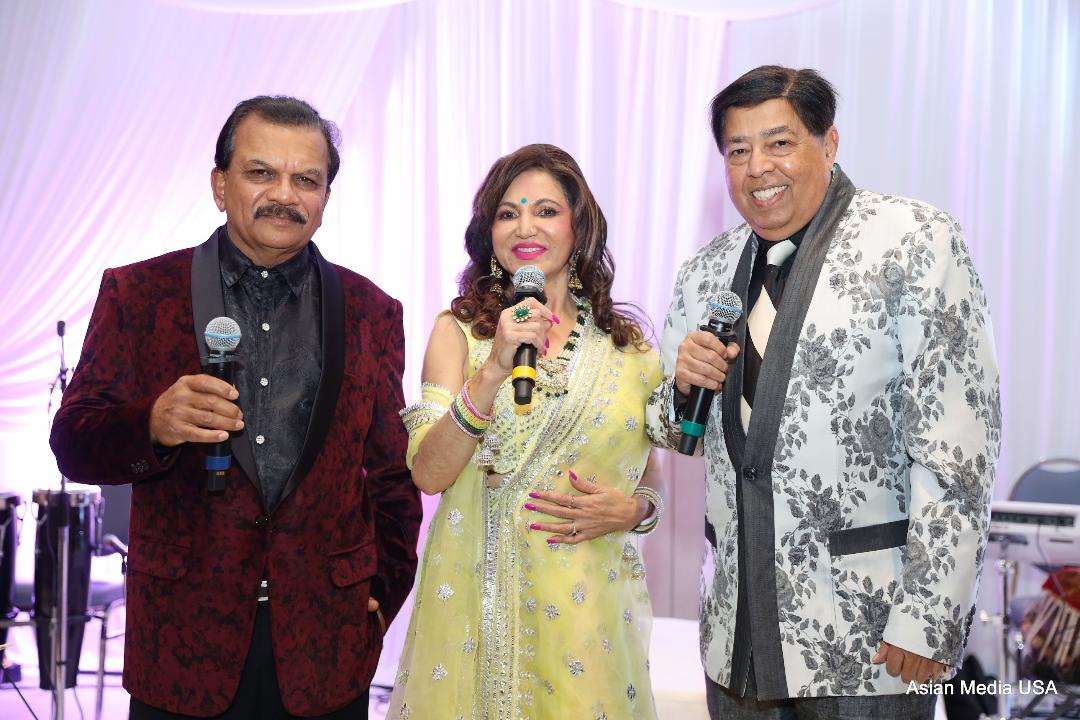
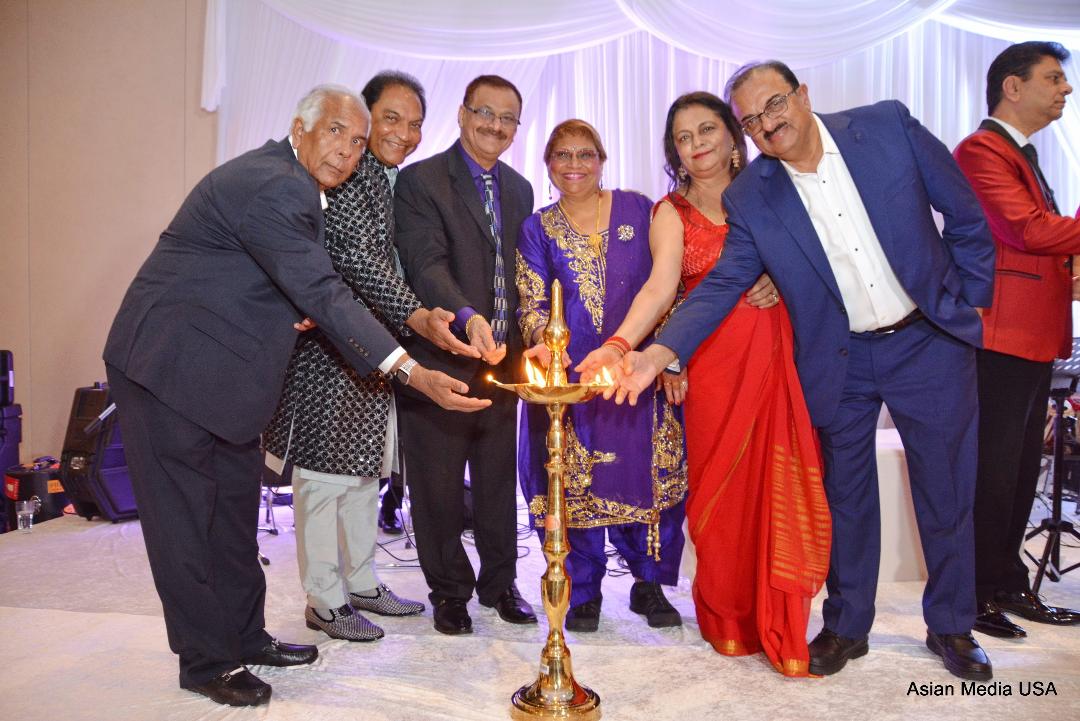
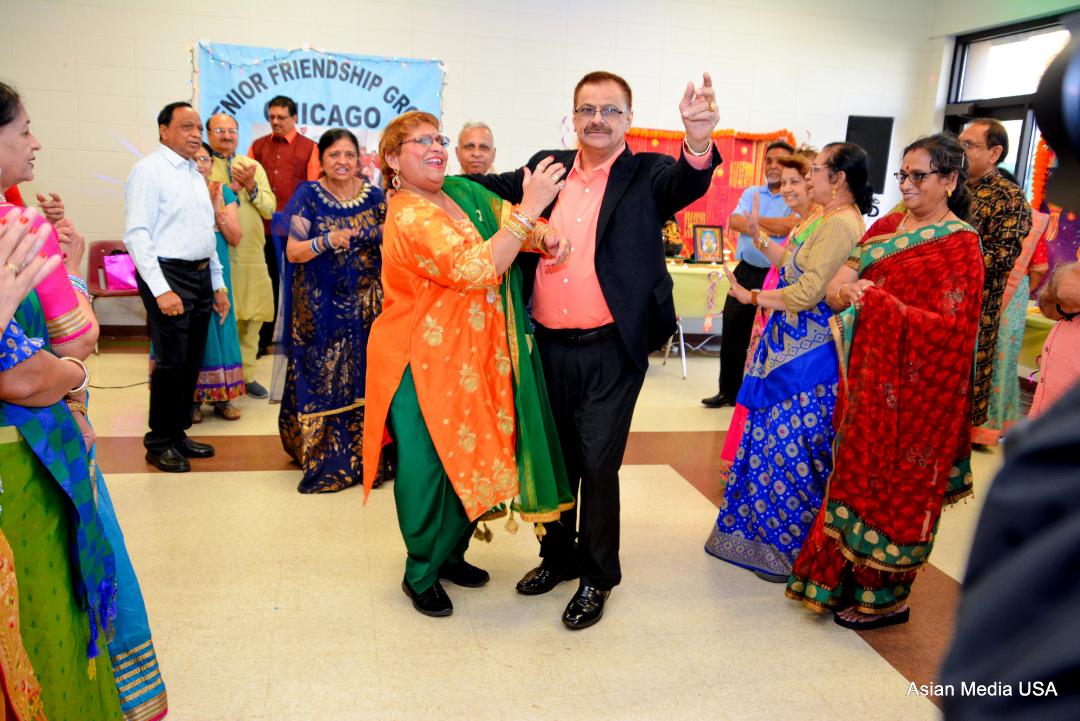
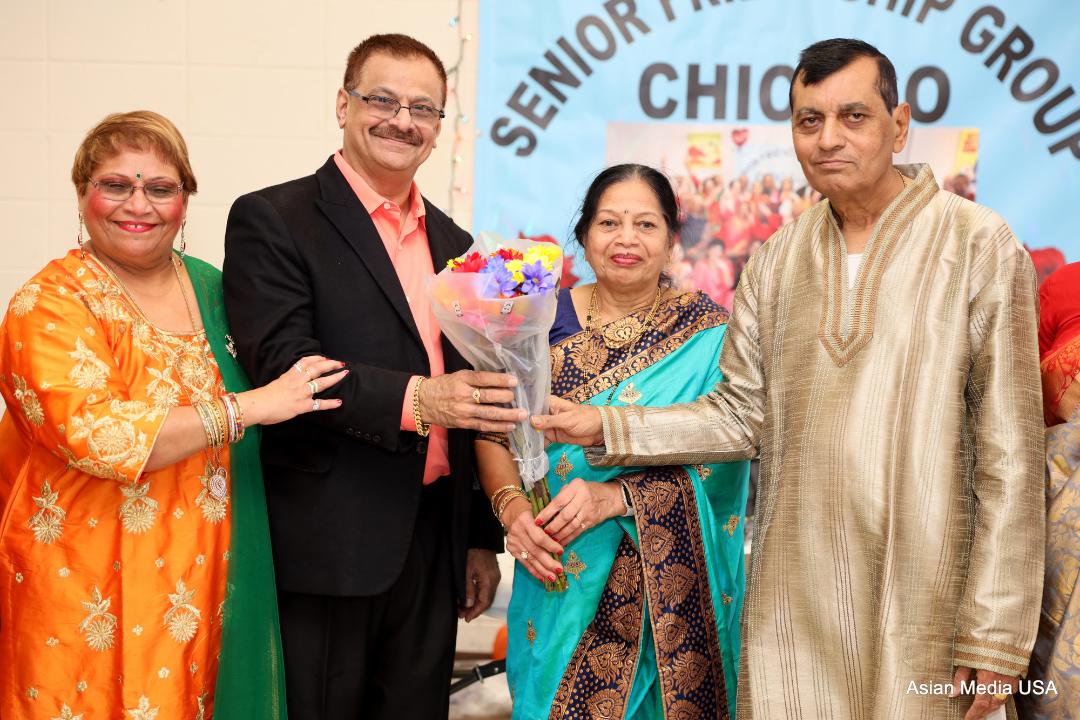
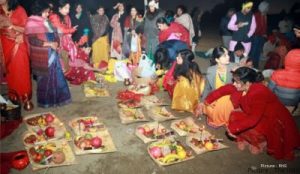
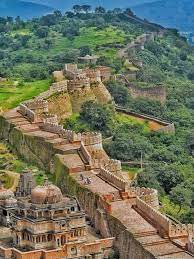
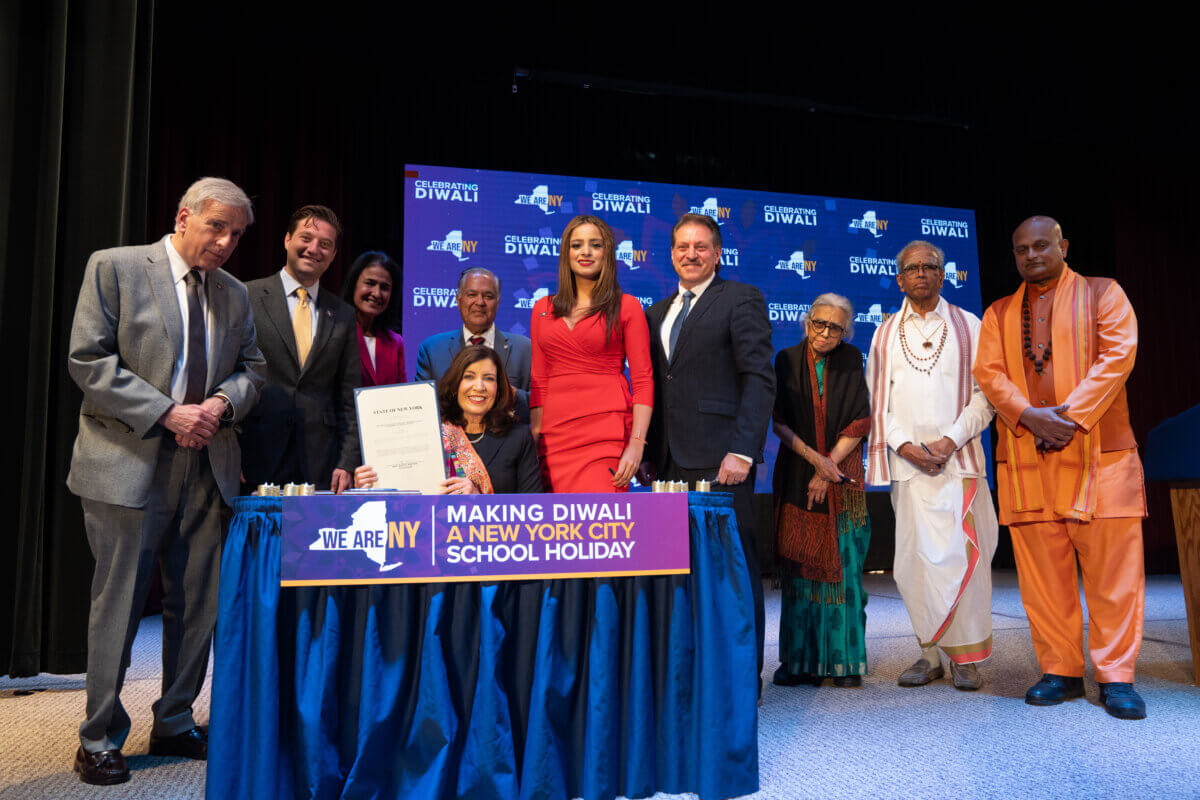 “This legislation to designate Diwali as a New York City school holiday is an opportunity for our children to learn about and celebrate traditions from across the world,” she added.
“This legislation to designate Diwali as a New York City school holiday is an opportunity for our children to learn about and celebrate traditions from across the world,” she added.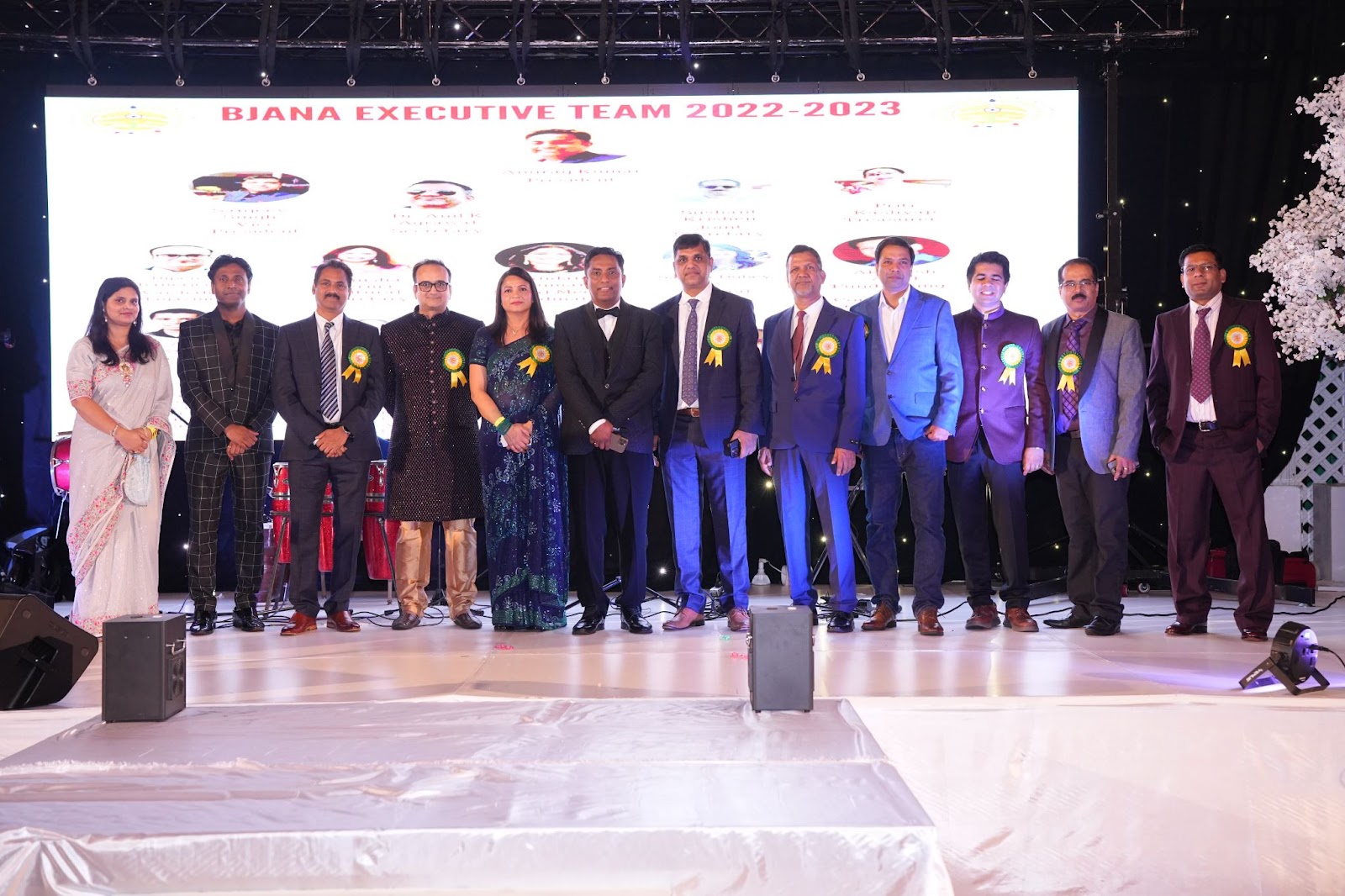 On the occasion, BJANA presented awards to recognise the efforts of community members. Dr. Anil Kumar received a Lifetime Achievement Award for his service to the organization. Dr. Rupam Saran was awarded for her achievements and community service. Abhinav Atul from Bihar, India, was recognized for his contributions to the people of Bihar and Jharkhand.
On the occasion, BJANA presented awards to recognise the efforts of community members. Dr. Anil Kumar received a Lifetime Achievement Award for his service to the organization. Dr. Rupam Saran was awarded for her achievements and community service. Abhinav Atul from Bihar, India, was recognized for his contributions to the people of Bihar and Jharkhand.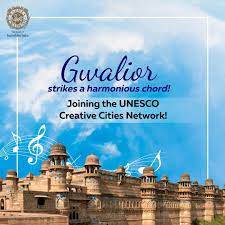
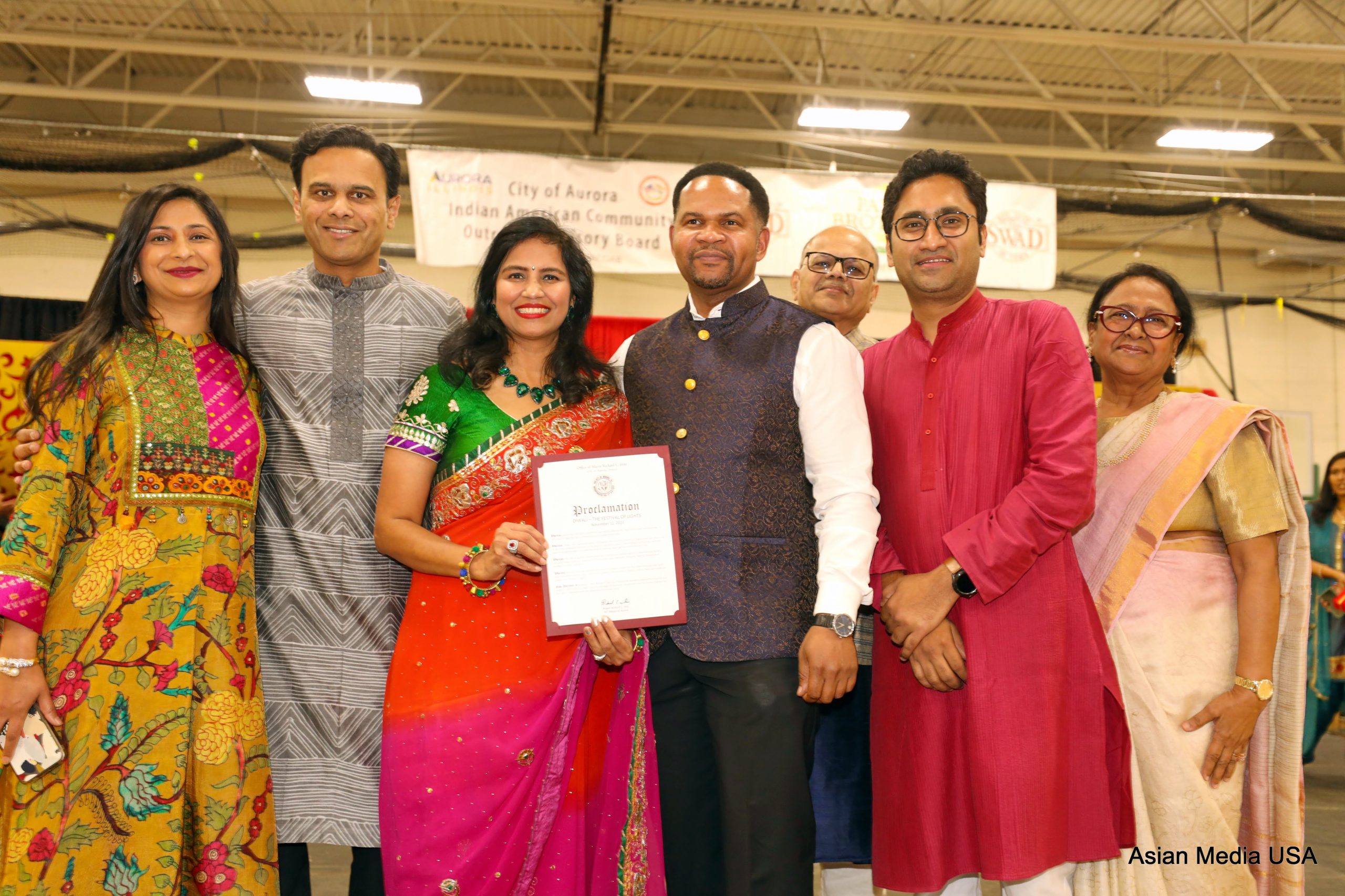
 Deputy Commissioner Dilip Chauhan, Trade, Investment and Innovation, Mayor’s Office of International Affairs, praised the role played by Rajkumar, describing her as “a proud Hindu American” and lauding her efforts to bring Diwali mainstream. He also praised the Mayor for fulfilling the promise he made during his election campaign to make Diwali a holiday.
Deputy Commissioner Dilip Chauhan, Trade, Investment and Innovation, Mayor’s Office of International Affairs, praised the role played by Rajkumar, describing her as “a proud Hindu American” and lauding her efforts to bring Diwali mainstream. He also praised the Mayor for fulfilling the promise he made during his election campaign to make Diwali a holiday. She spoke about how it was the strength of the community which made the Diwali legislation a reality, and the Mayor’s support for the cause. She described the five-borough tour a historic first, adding, “We’re starting here in Gracie Mansion. We’re going to go to Times Square to celebrate Diwali. And then we’re going to go to every corner of this city and every borough; and together, we will bring light and prosperity to every corner of this city.”
She spoke about how it was the strength of the community which made the Diwali legislation a reality, and the Mayor’s support for the cause. She described the five-borough tour a historic first, adding, “We’re starting here in Gracie Mansion. We’re going to go to Times Square to celebrate Diwali. And then we’re going to go to every corner of this city and every borough; and together, we will bring light and prosperity to every corner of this city.” Hindustani classical music was born from a cultural synthesis of several musical streams: the vedic chant tradition dating back to approximately one millennium B.C.E., the equally ancient Persian tradition of Musiqi-e assil, and also folk traditions prevalent in the region. Hindustani music is an oral tradition and musical compositions are transmitted directly from teacher to student. Hindustani music has a rich vocal tradition and the major vocal forms associated with Hindustani classical music are dhrupad, khayal, and thumri. The form has also developed a rich instrumental tradition including sitar, sarod, sarangi, bansuri, harmonium, tabla, pakhawaj and more.
Hindustani classical music was born from a cultural synthesis of several musical streams: the vedic chant tradition dating back to approximately one millennium B.C.E., the equally ancient Persian tradition of Musiqi-e assil, and also folk traditions prevalent in the region. Hindustani music is an oral tradition and musical compositions are transmitted directly from teacher to student. Hindustani music has a rich vocal tradition and the major vocal forms associated with Hindustani classical music are dhrupad, khayal, and thumri. The form has also developed a rich instrumental tradition including sitar, sarod, sarangi, bansuri, harmonium, tabla, pakhawaj and more.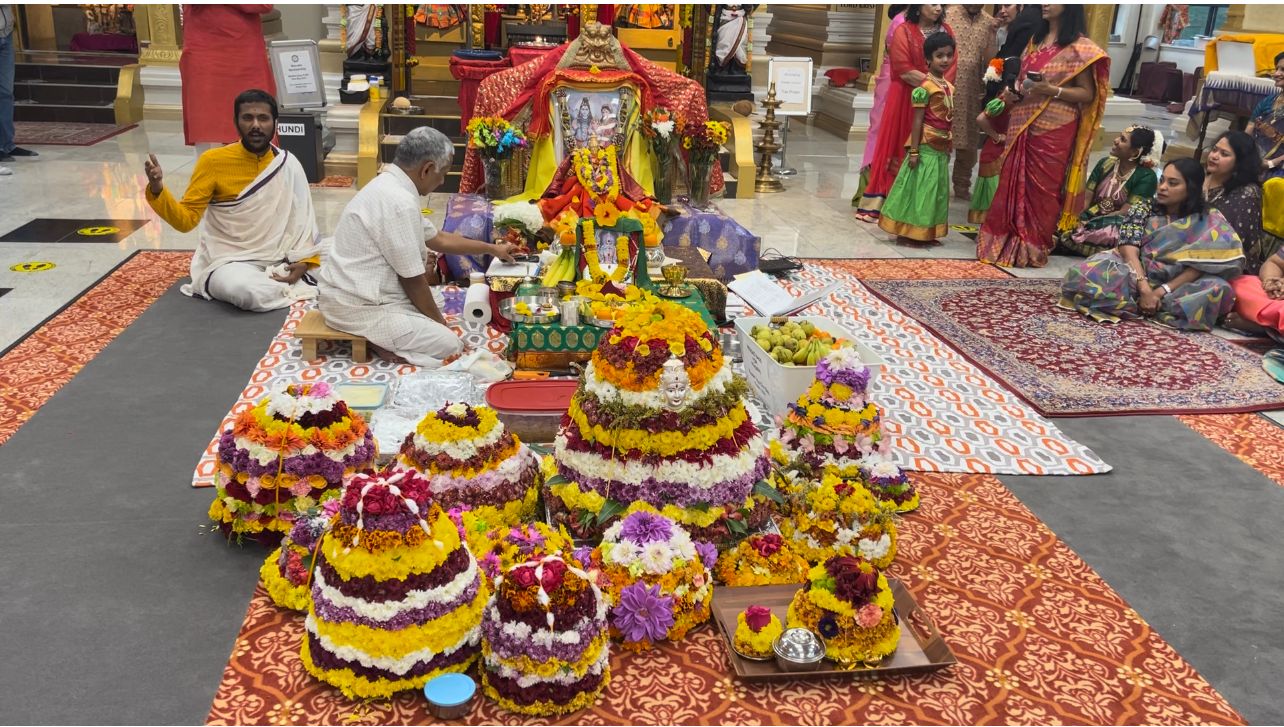
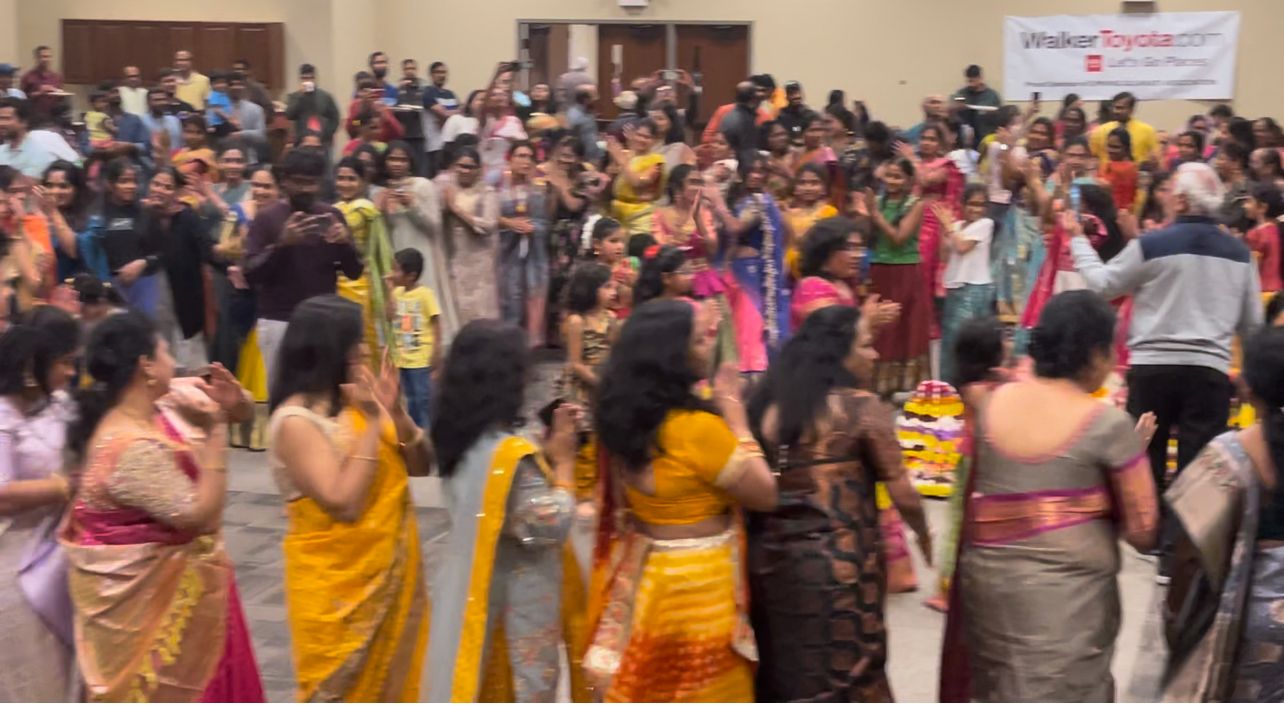
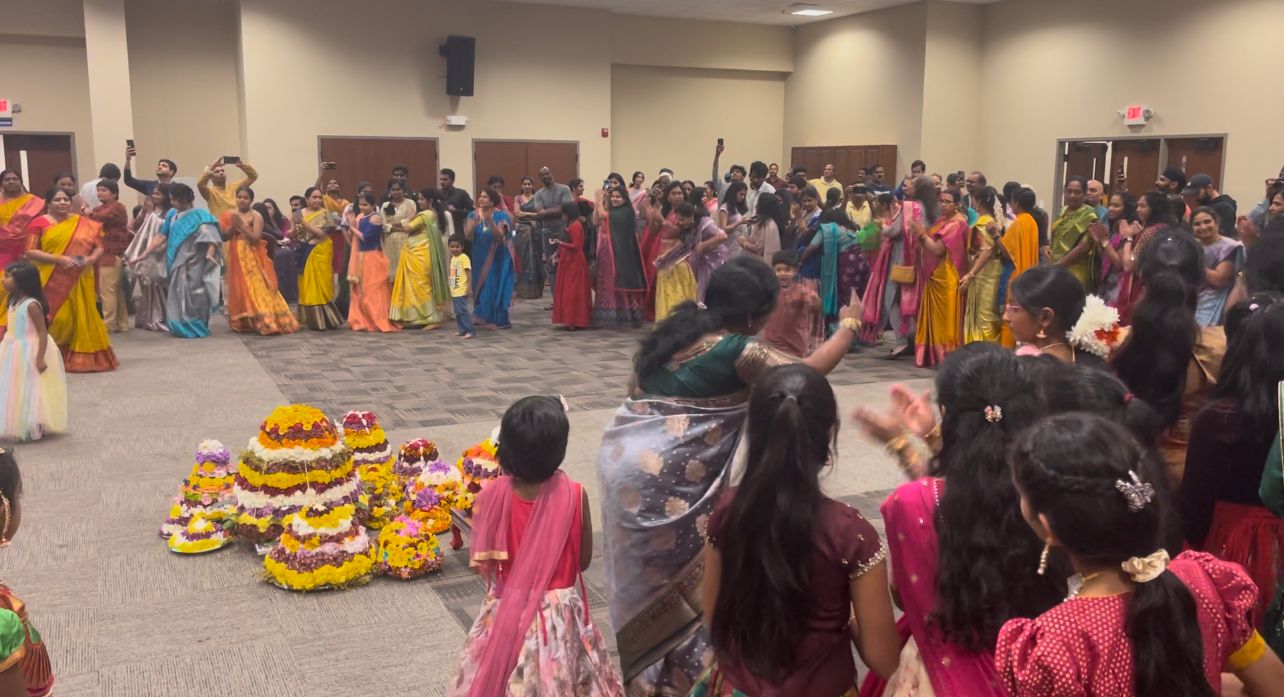
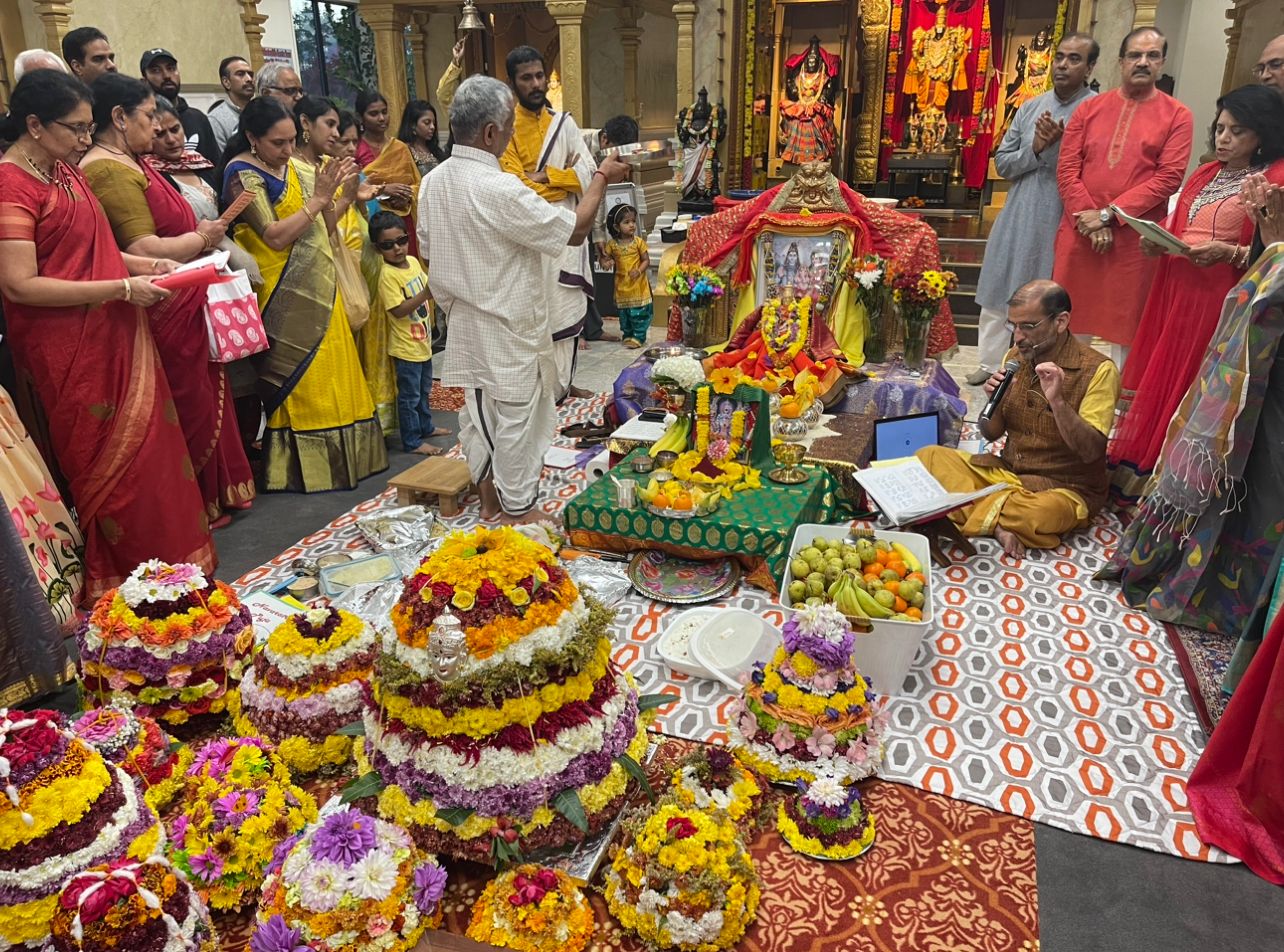
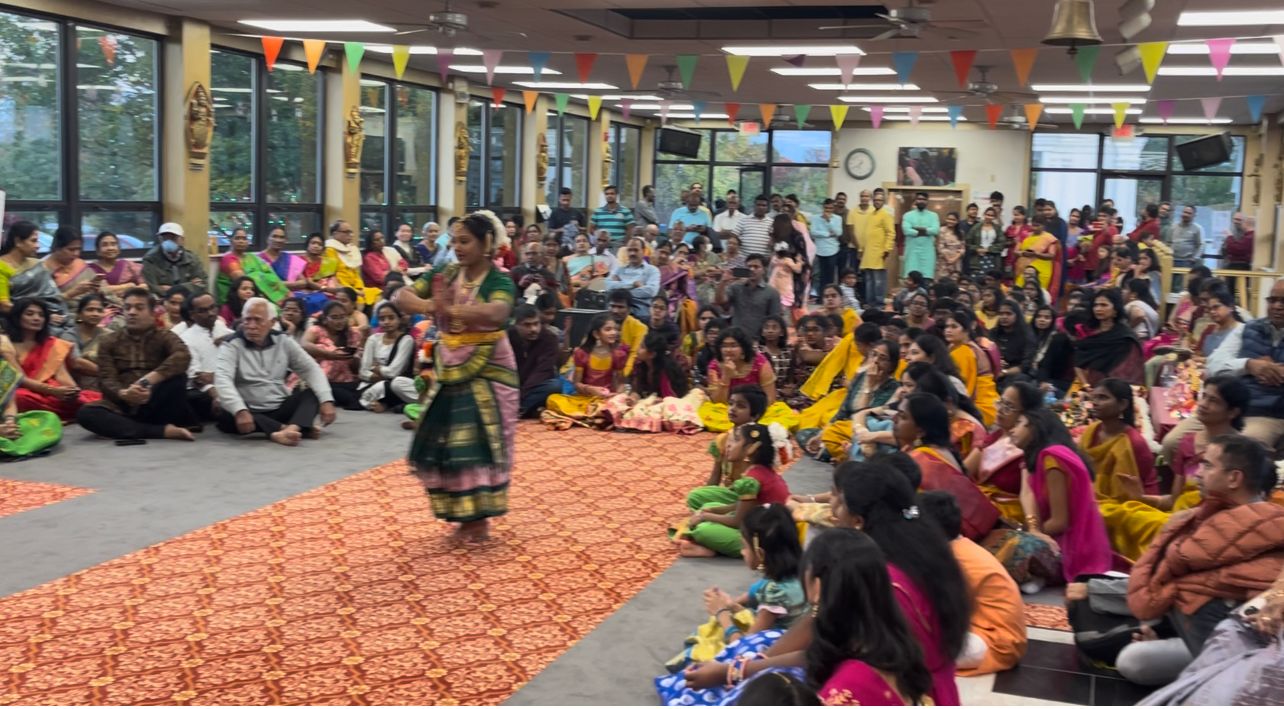
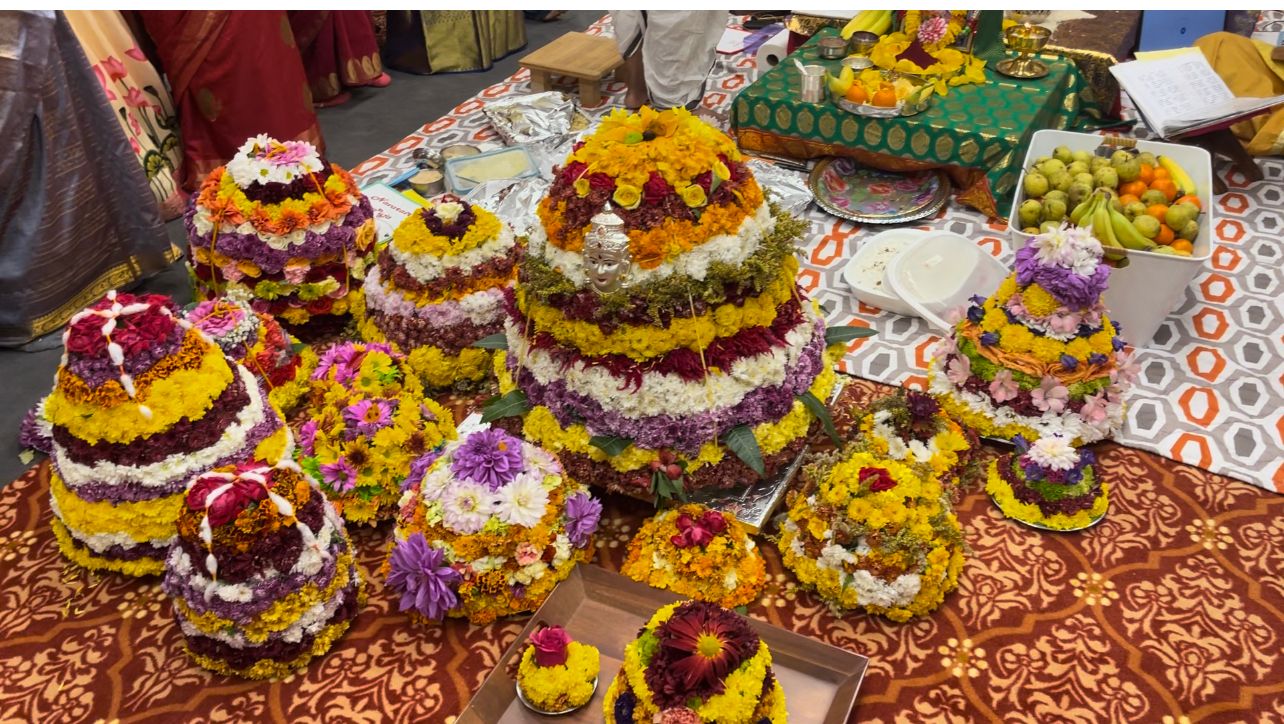
 Construction of the temple involved 12,500 volunteers from around the world and has been in progress since 2011. However, it gained significant attention a decade later when a group of immigrant laborers filed a lawsuit against the global organization Bochasanwasi Shri Akshar Purushottam Swaminarayan Sanstha (BAPS), which operates temples worldwide. The lawsuit alleged “shocking” conditions, including forced labor, long work hours, inhospitable living conditions, and caste discrimination.
Construction of the temple involved 12,500 volunteers from around the world and has been in progress since 2011. However, it gained significant attention a decade later when a group of immigrant laborers filed a lawsuit against the global organization Bochasanwasi Shri Akshar Purushottam Swaminarayan Sanstha (BAPS), which operates temples worldwide. The lawsuit alleged “shocking” conditions, including forced labor, long work hours, inhospitable living conditions, and caste discrimination.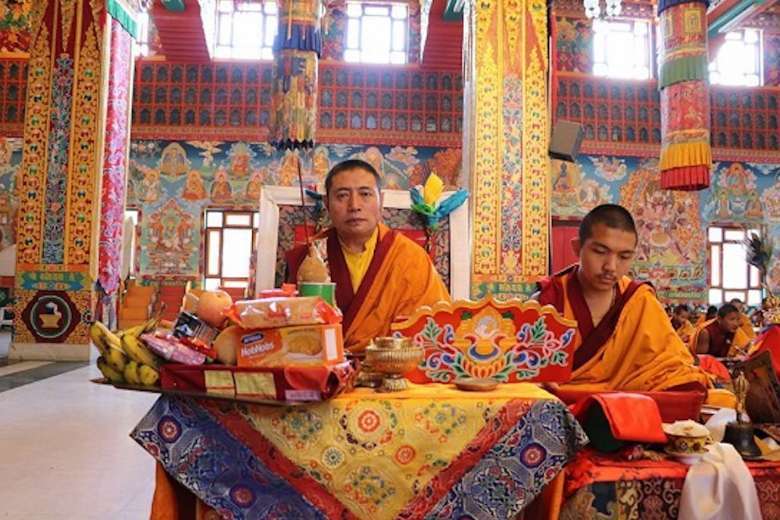 The veneration of the Dalai Lama has created a challenging situation for the Mongolian government. Mongolia heavily relies on China for virtually all its trade, which puts them in a vulnerable position. Beijing responded to the Dalai Lama’s 2016 visit to Mongolia by closing border crossings, imposing tariffs, and canceling bilateral talks, signaling the consequences of any association with the spiritual leader in the eyes of China.
The veneration of the Dalai Lama has created a challenging situation for the Mongolian government. Mongolia heavily relies on China for virtually all its trade, which puts them in a vulnerable position. Beijing responded to the Dalai Lama’s 2016 visit to Mongolia by closing border crossings, imposing tariffs, and canceling bilateral talks, signaling the consequences of any association with the spiritual leader in the eyes of China.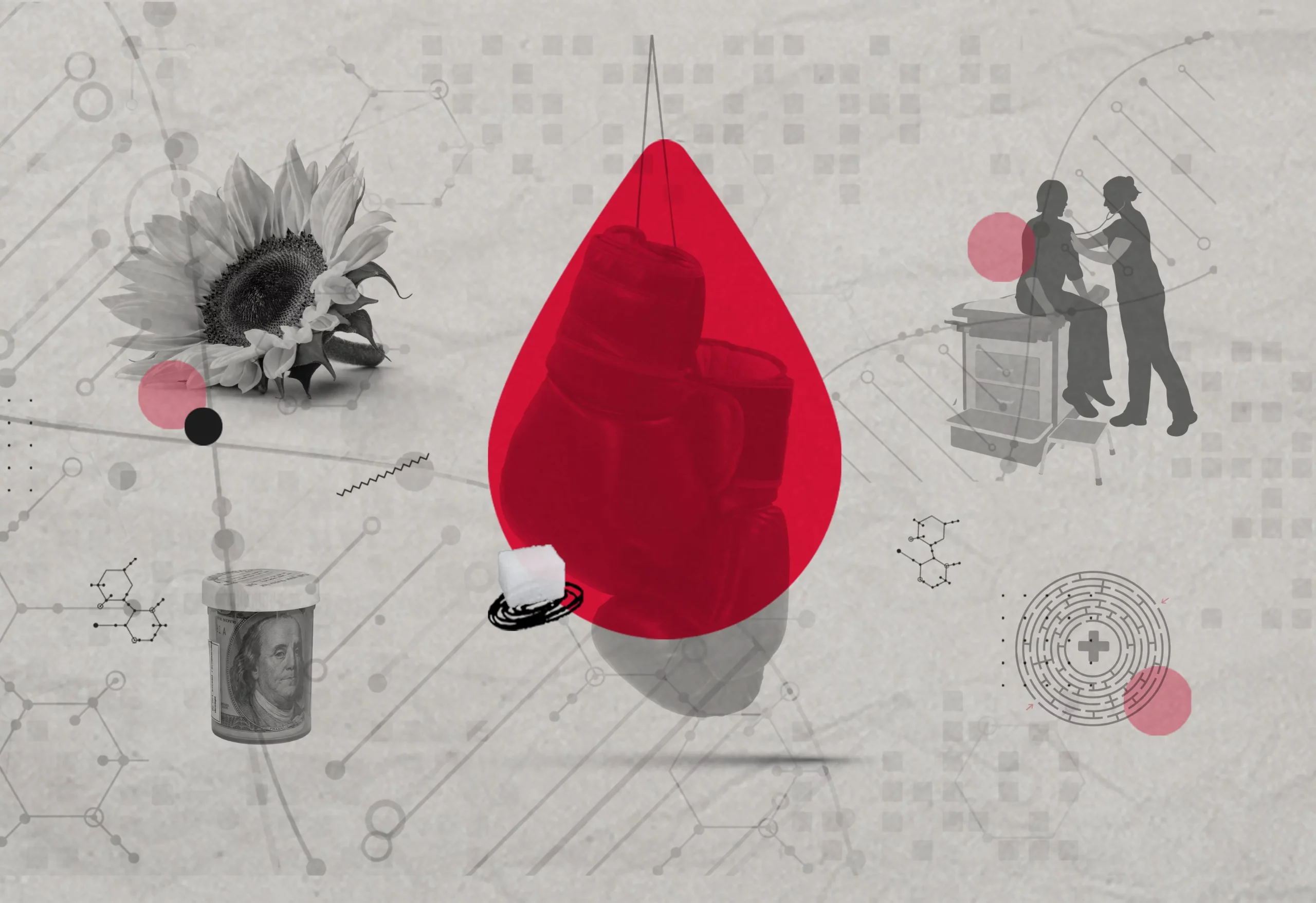
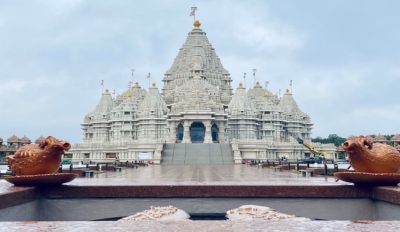 Covering an expansive 126-acre area, this architectural masterpiece owes its existence to the unwavering dedication of artisans and volunteers who devoted approximately 4.7 million hours to painstakingly hand-carve around two million cubic feet of stone, according to the report.
Covering an expansive 126-acre area, this architectural masterpiece owes its existence to the unwavering dedication of artisans and volunteers who devoted approximately 4.7 million hours to painstakingly hand-carve around two million cubic feet of stone, according to the report.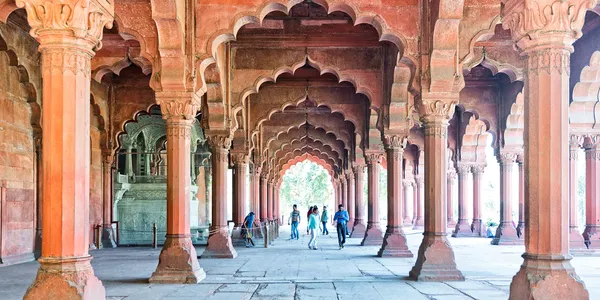 The Green category includes not only the Red Fort but also the Taj Mahal in Agra, Qutub Minar in Mehrauli, and the Konark Temple in Odisha. In the Blue category, you will find Jantar Mantar and Purana Quila, both located in Delhi, while the Orange category encompasses monuments like Tipu Palace in Bengaluru and the Sanchi Stupa in Madhya Pradesh. Entities interested in becoming Mitras can choose to adopt from the Blue or Orange category, or a combination of the three categories. However, they are not permitted to solely adopt monuments or heritage sites from the Green category.
The Green category includes not only the Red Fort but also the Taj Mahal in Agra, Qutub Minar in Mehrauli, and the Konark Temple in Odisha. In the Blue category, you will find Jantar Mantar and Purana Quila, both located in Delhi, while the Orange category encompasses monuments like Tipu Palace in Bengaluru and the Sanchi Stupa in Madhya Pradesh. Entities interested in becoming Mitras can choose to adopt from the Blue or Orange category, or a combination of the three categories. However, they are not permitted to solely adopt monuments or heritage sites from the Green category.
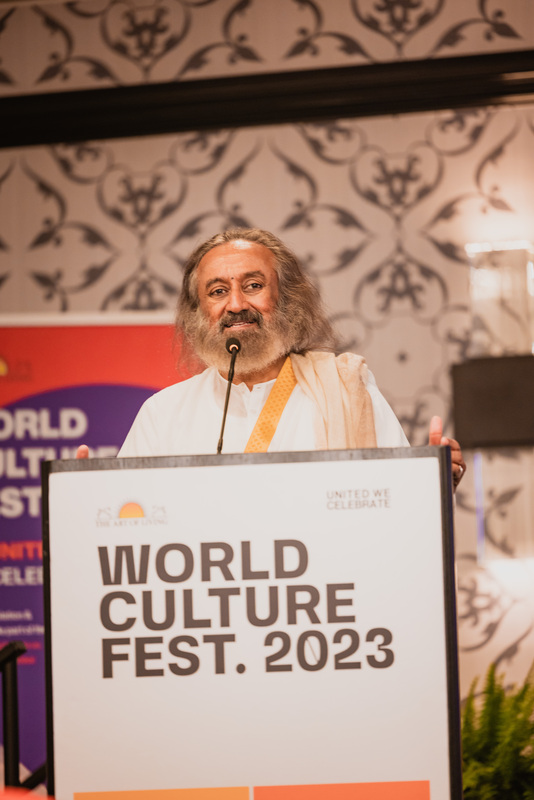 The World Culture Festival, which has attracted millions in its previous iterations in Asia and Europe, will come to the United States for the first time ever for an epic celebration of global diversity, unity and peace:
The World Culture Festival, which has attracted millions in its previous iterations in Asia and Europe, will come to the United States for the first time ever for an epic celebration of global diversity, unity and peace: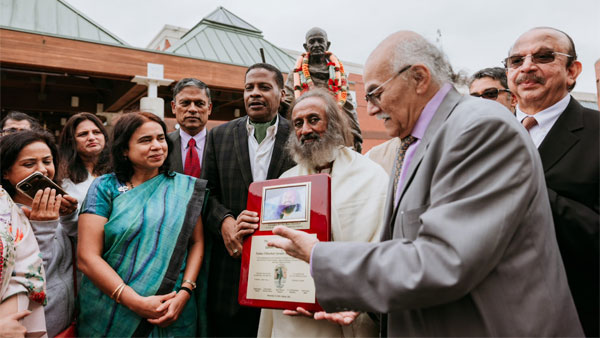 “Through his charity work and educational efforts, Gurudev has spread his belief that if individuals find inner peace, it can lead to real-world reductions in violence and conflict,” Krishnamoorthi said.
“Through his charity work and educational efforts, Gurudev has spread his belief that if individuals find inner peace, it can lead to real-world reductions in violence and conflict,” Krishnamoorthi said.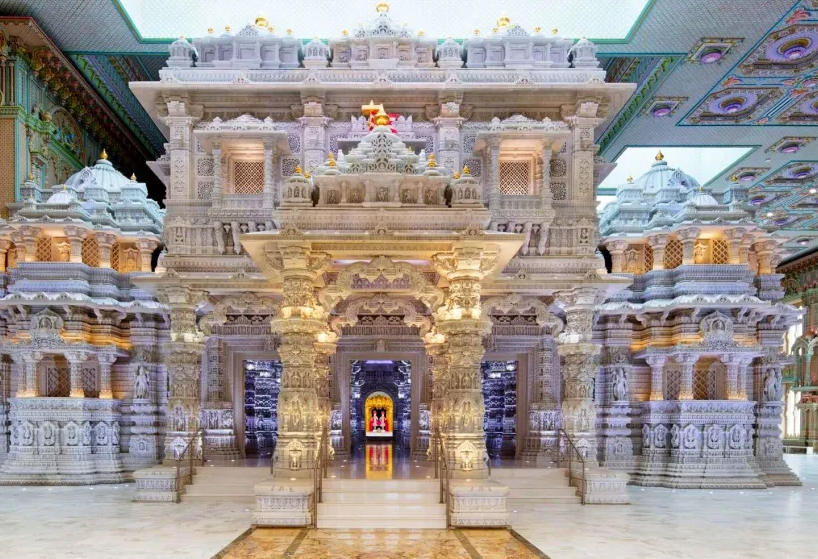 The construction of the New Jersey Akshardham has garnered significant attention from the Hindu American community over the past decade. However, it has also been marred by legal matters, specifically a lawsuit alleging forced labor within the BAPS organization, which arose in 2021. Although the lawsuit is currently on hold, it has raised important questions about distinguishing between unpaid work and selfless service in the name of the Divine.
The construction of the New Jersey Akshardham has garnered significant attention from the Hindu American community over the past decade. However, it has also been marred by legal matters, specifically a lawsuit alleging forced labor within the BAPS organization, which arose in 2021. Although the lawsuit is currently on hold, it has raised important questions about distinguishing between unpaid work and selfless service in the name of the Divine.